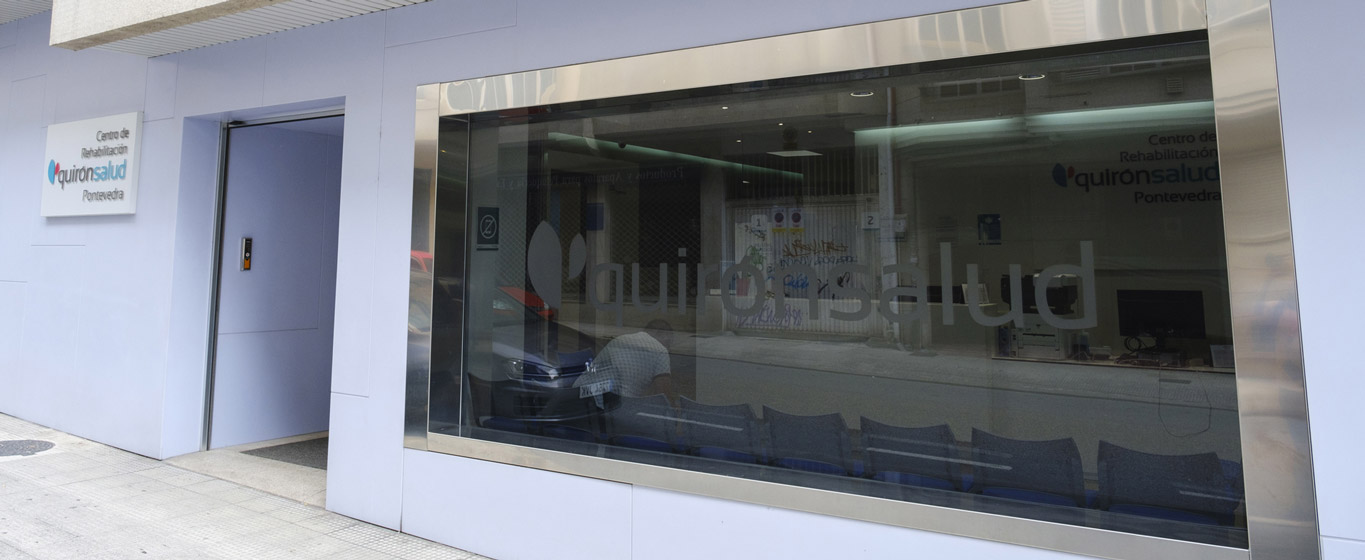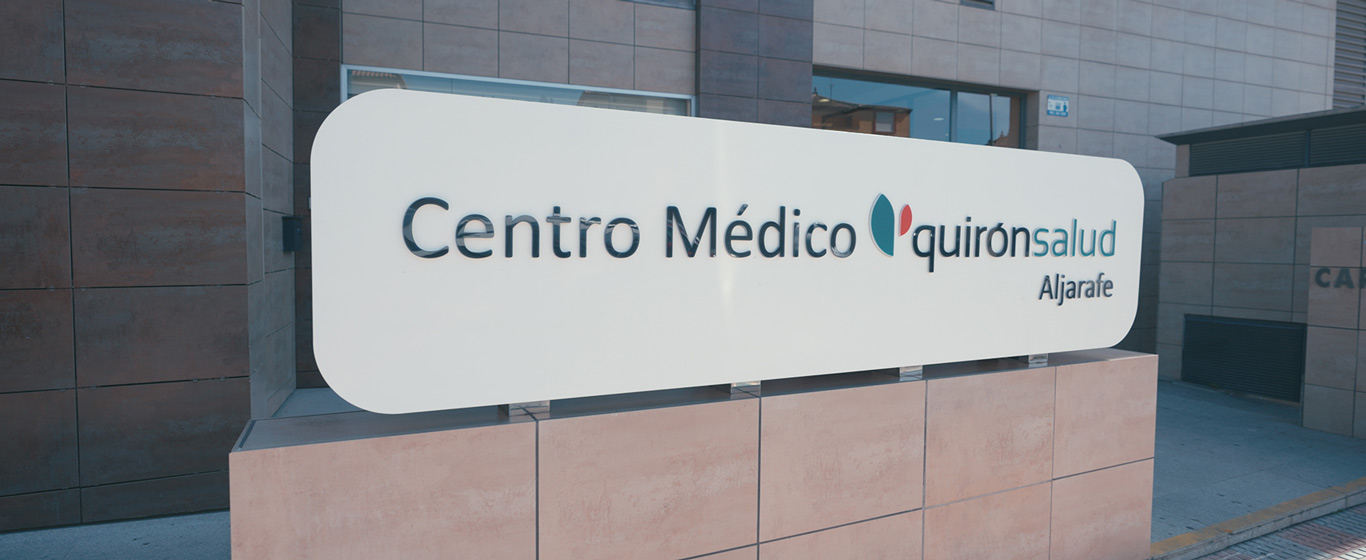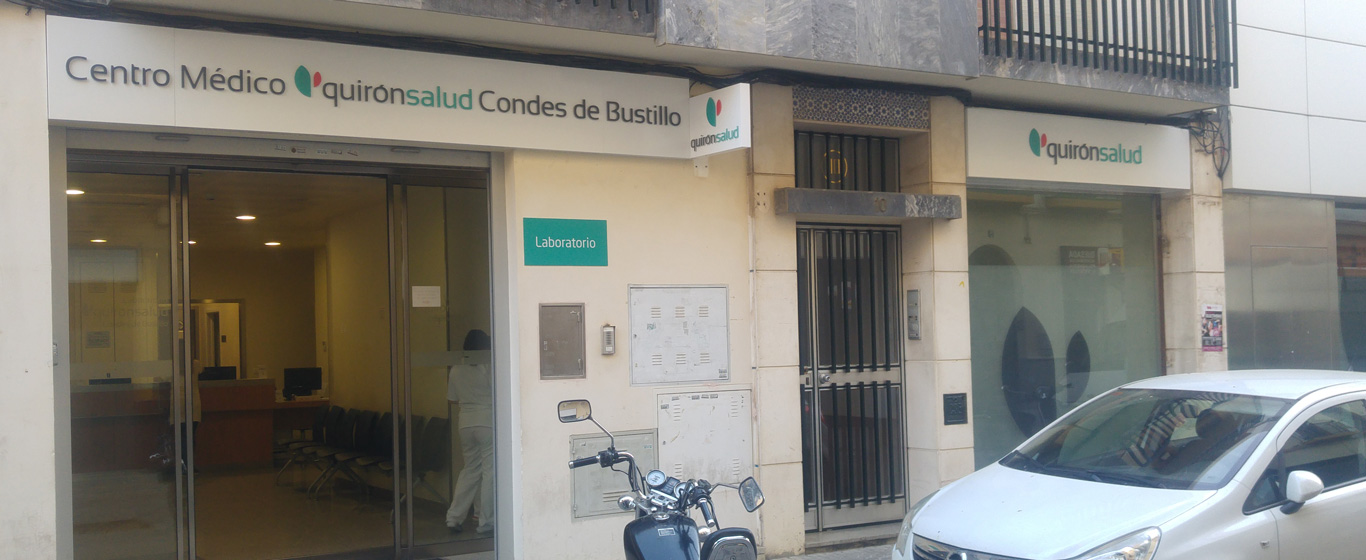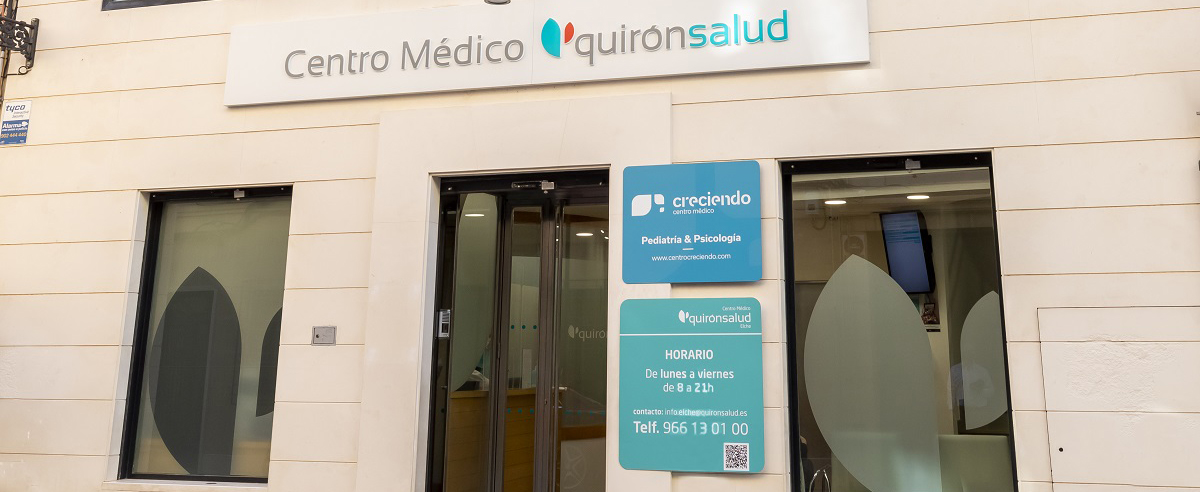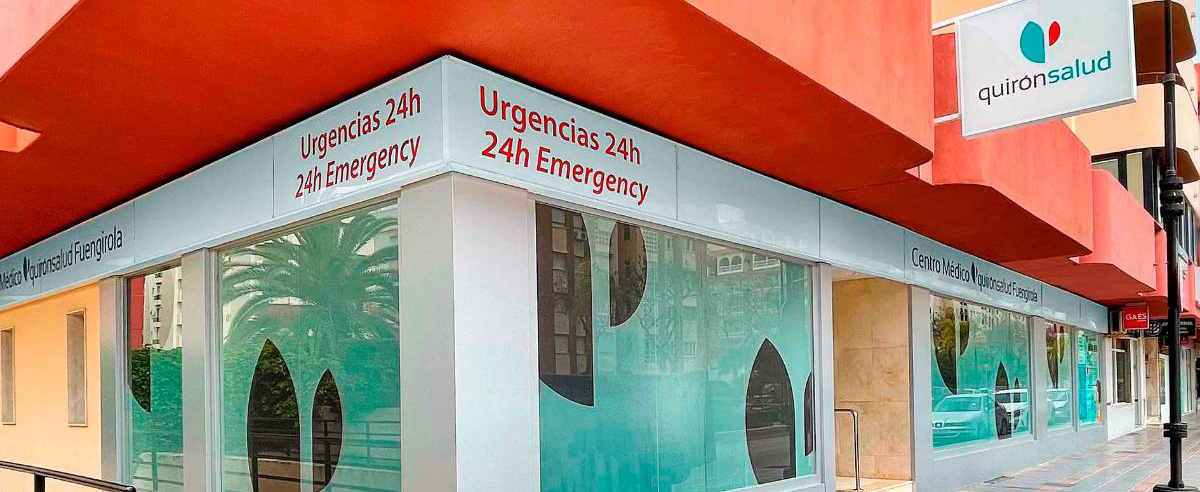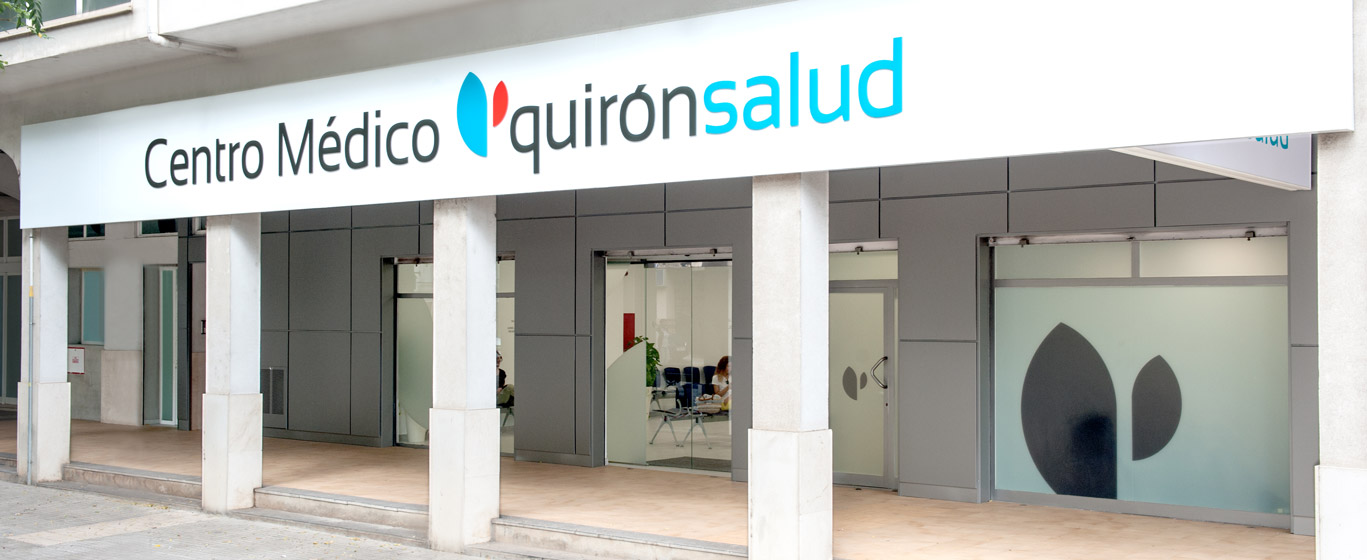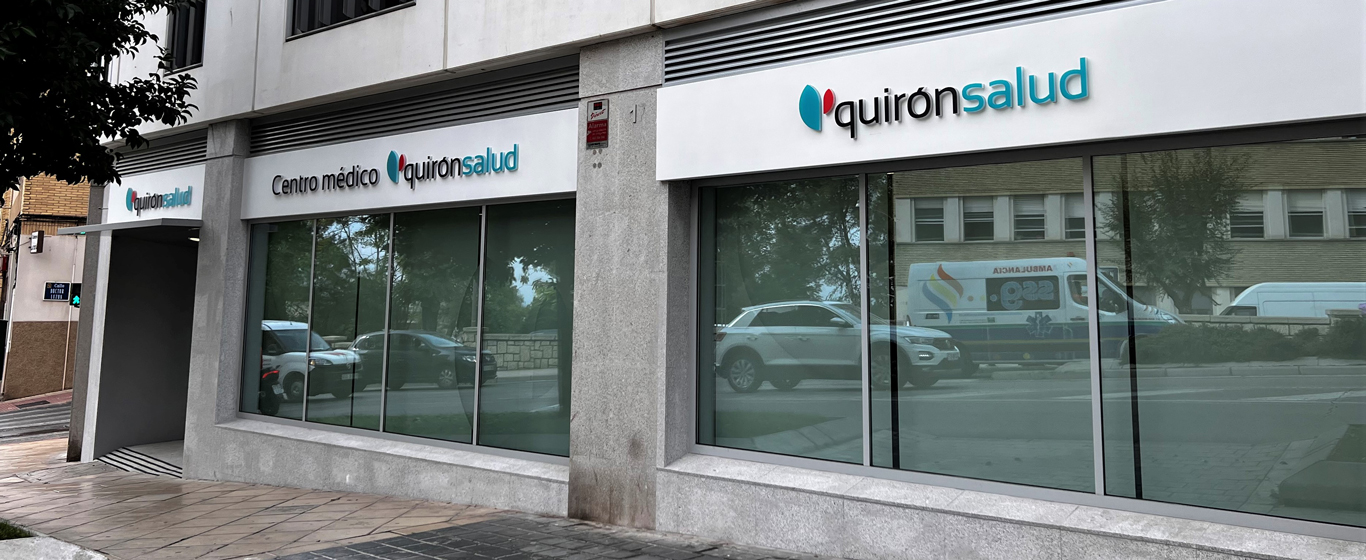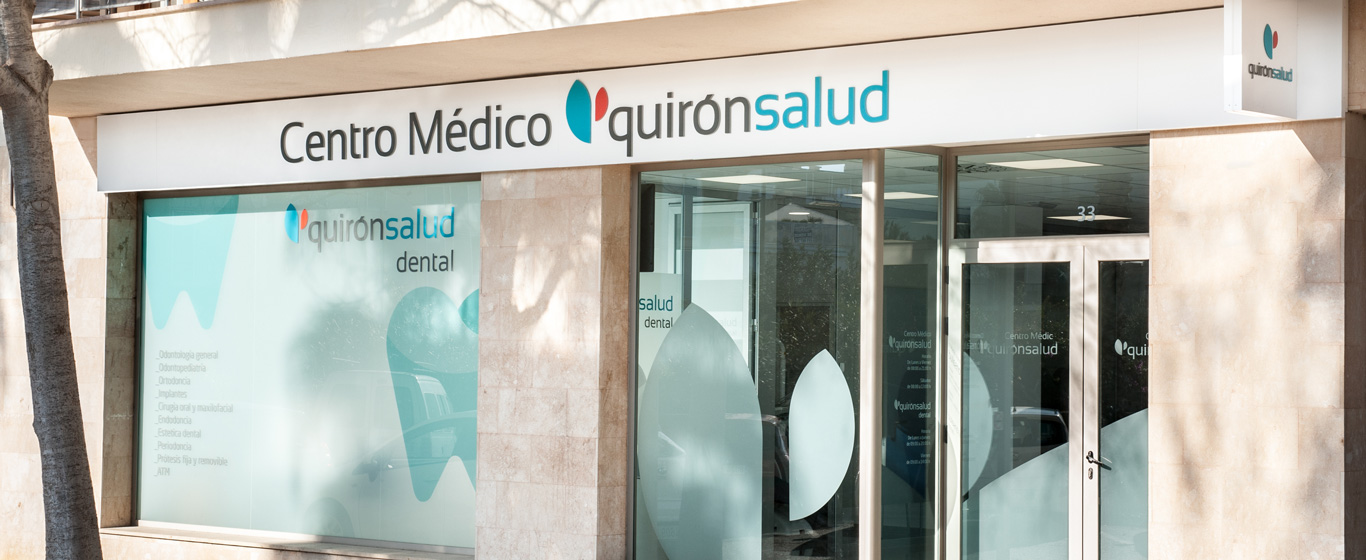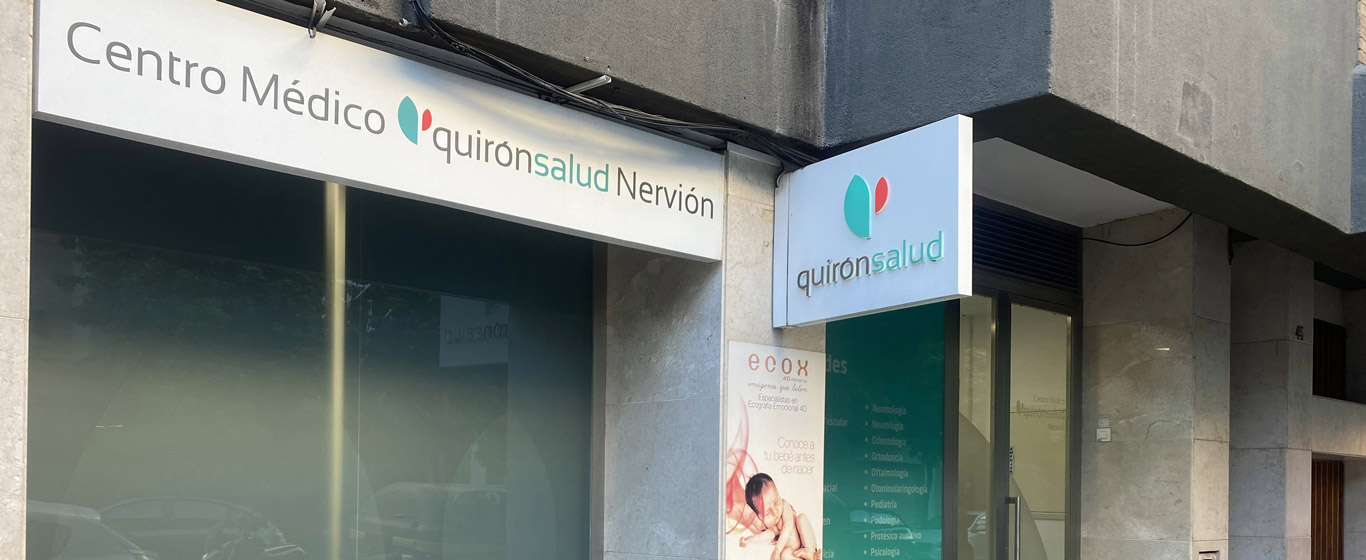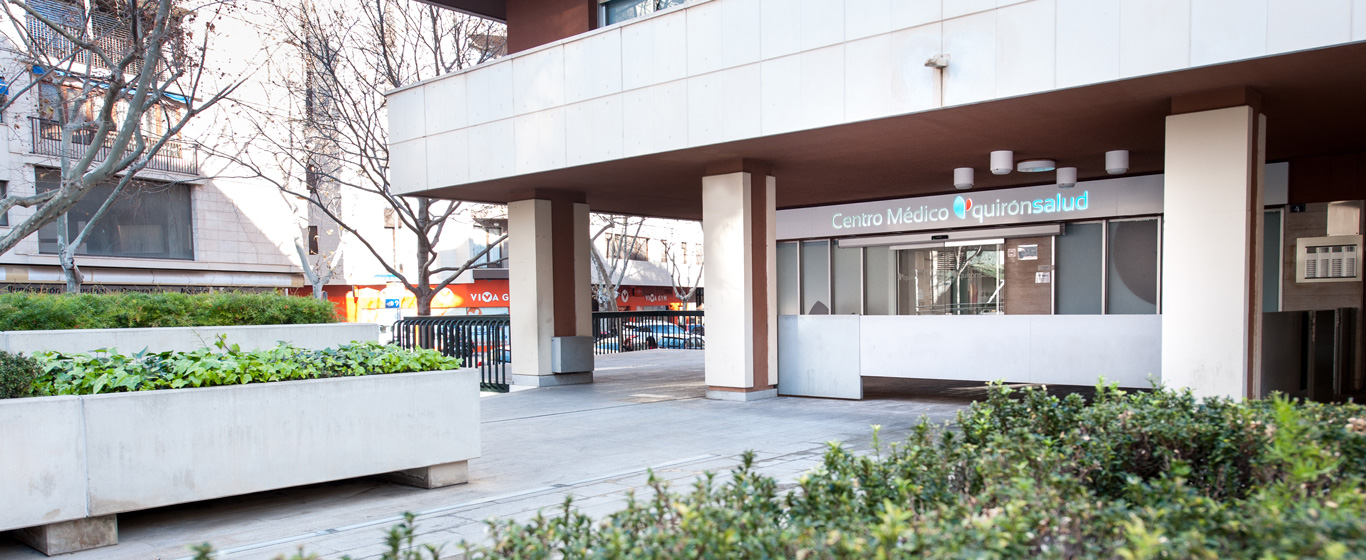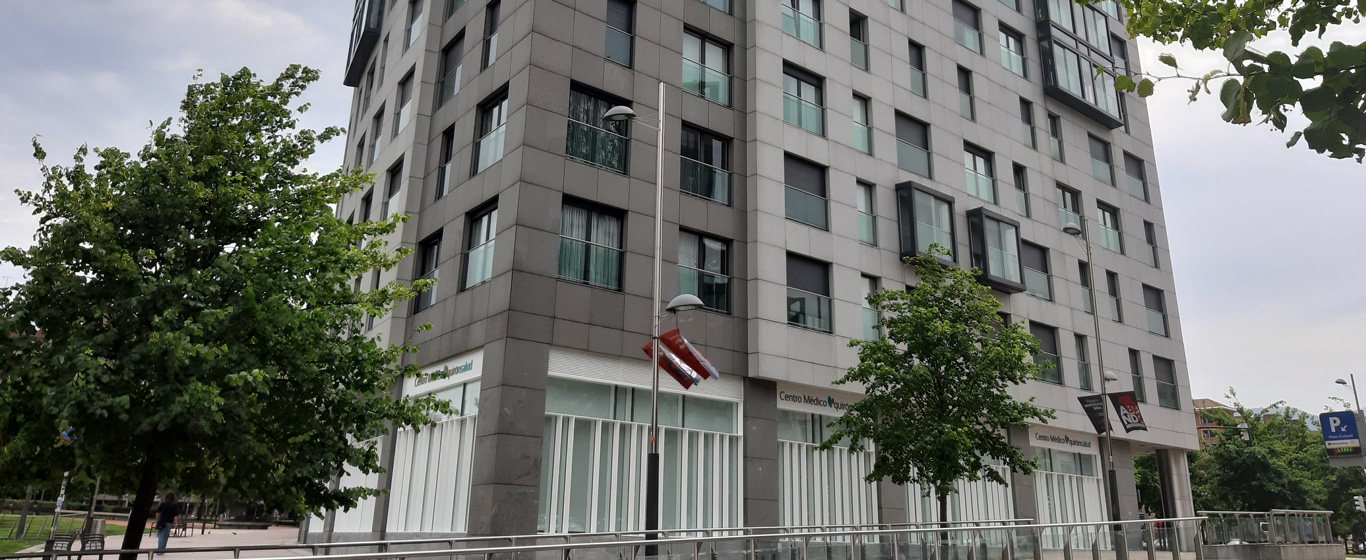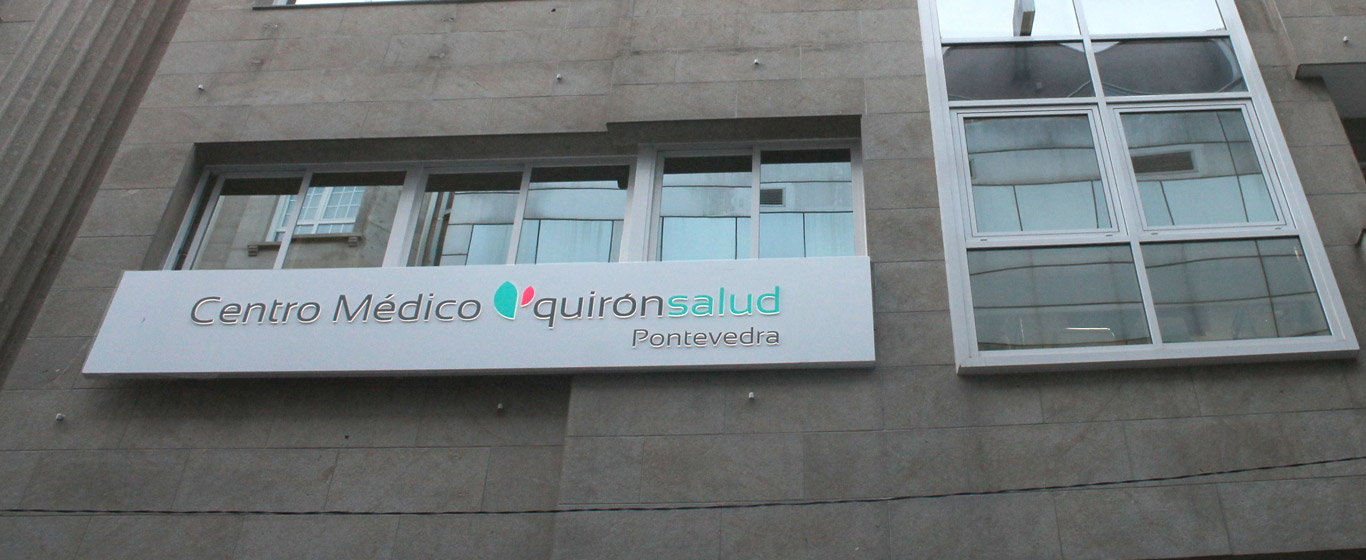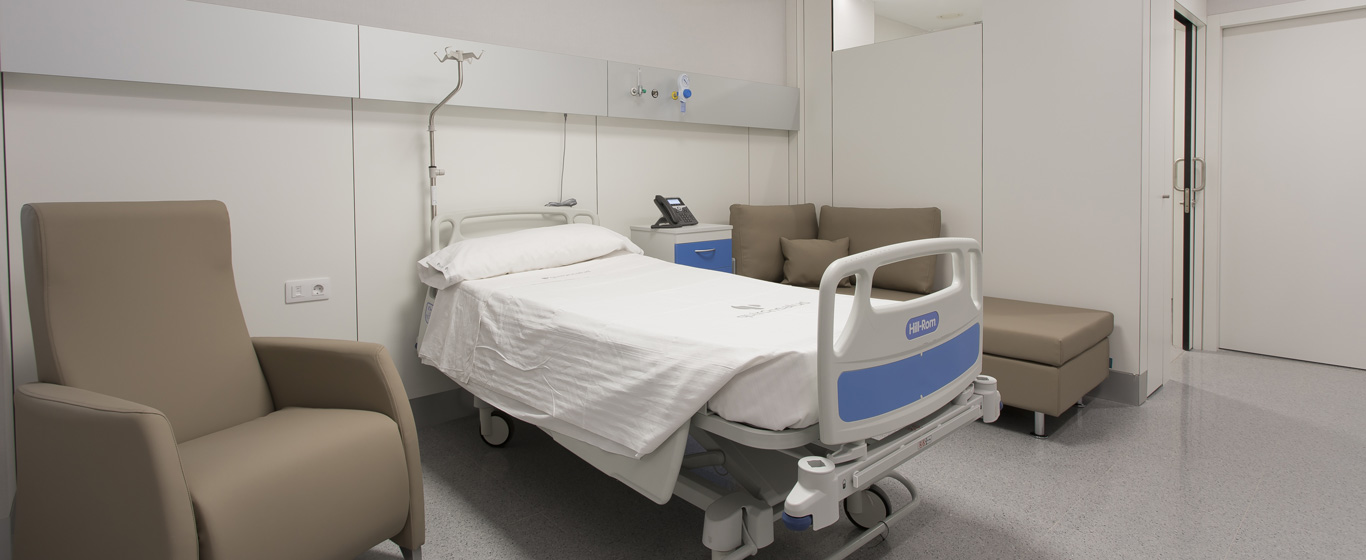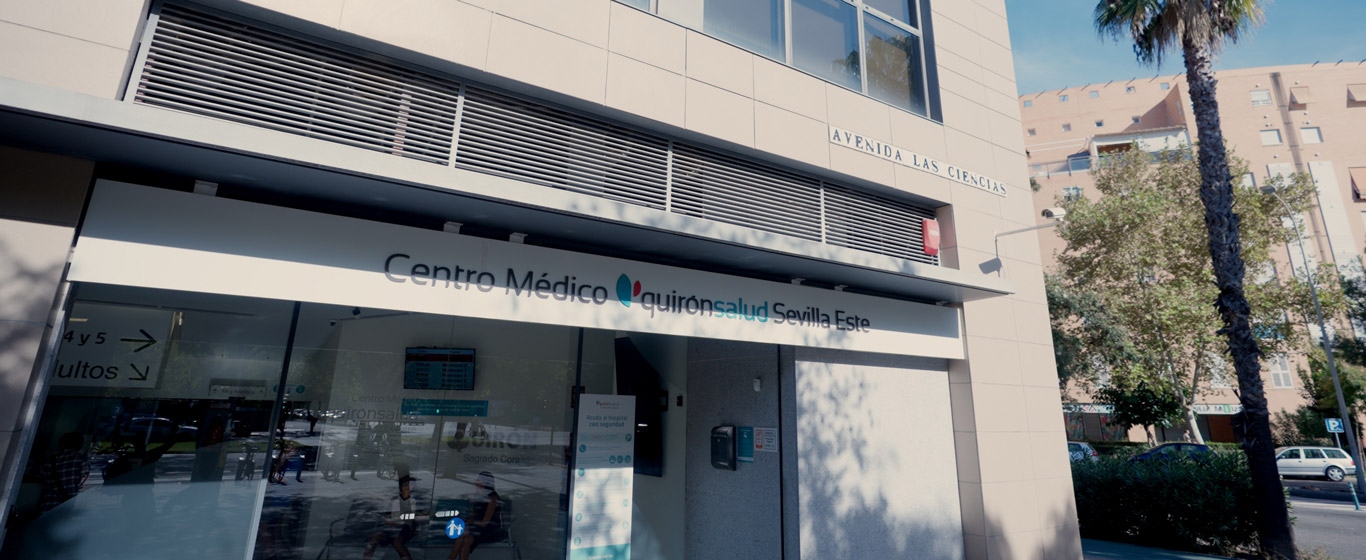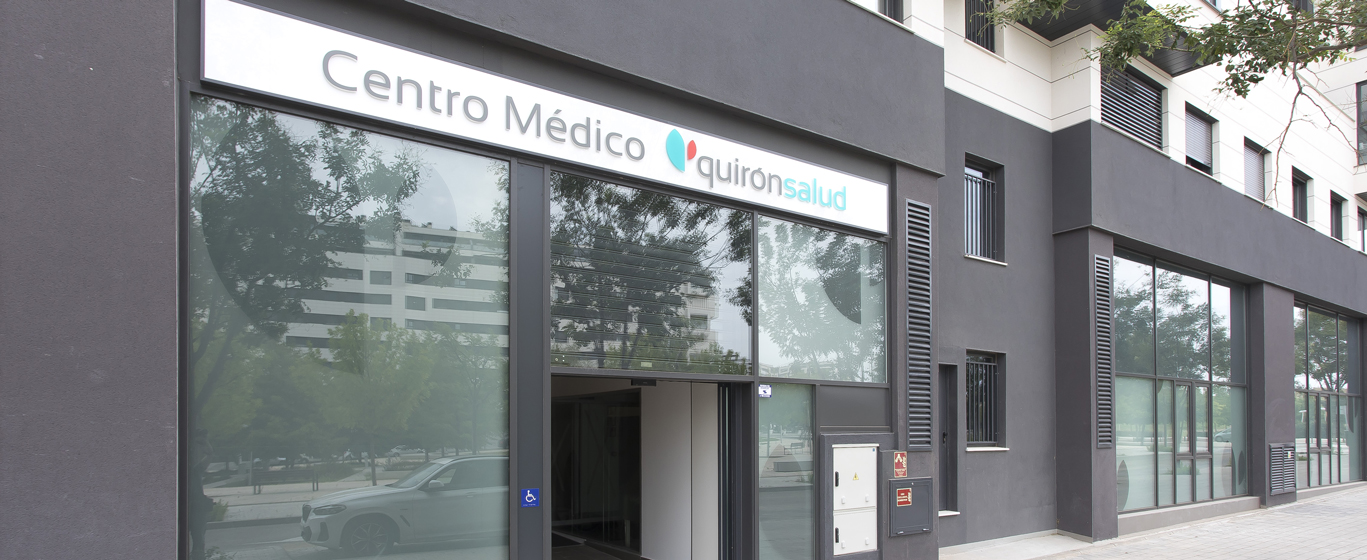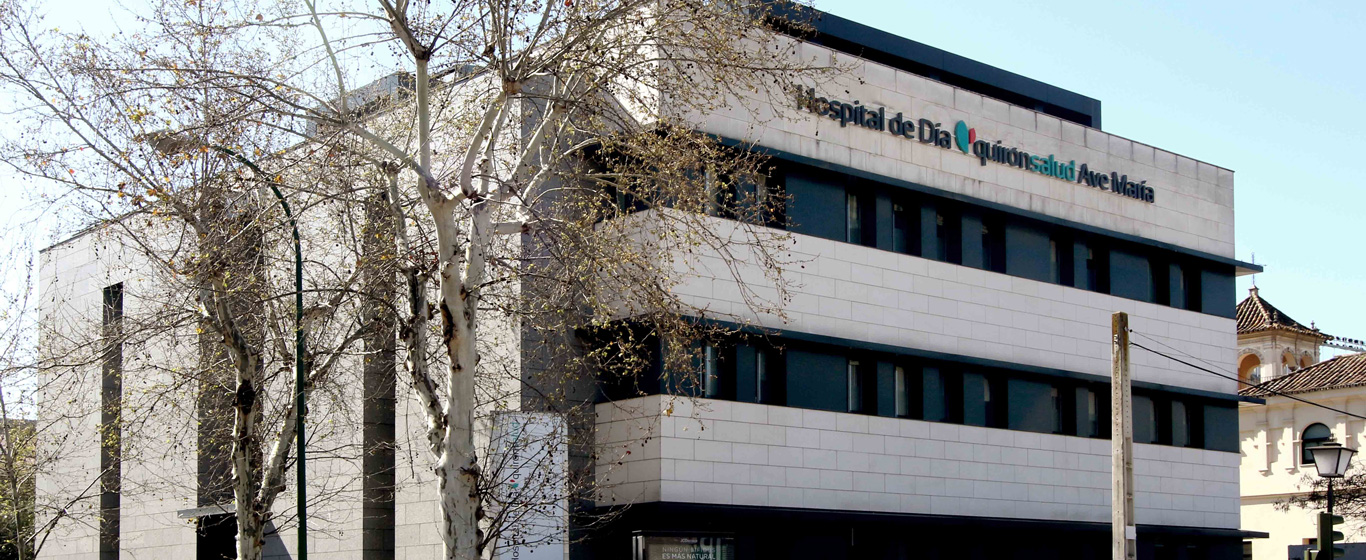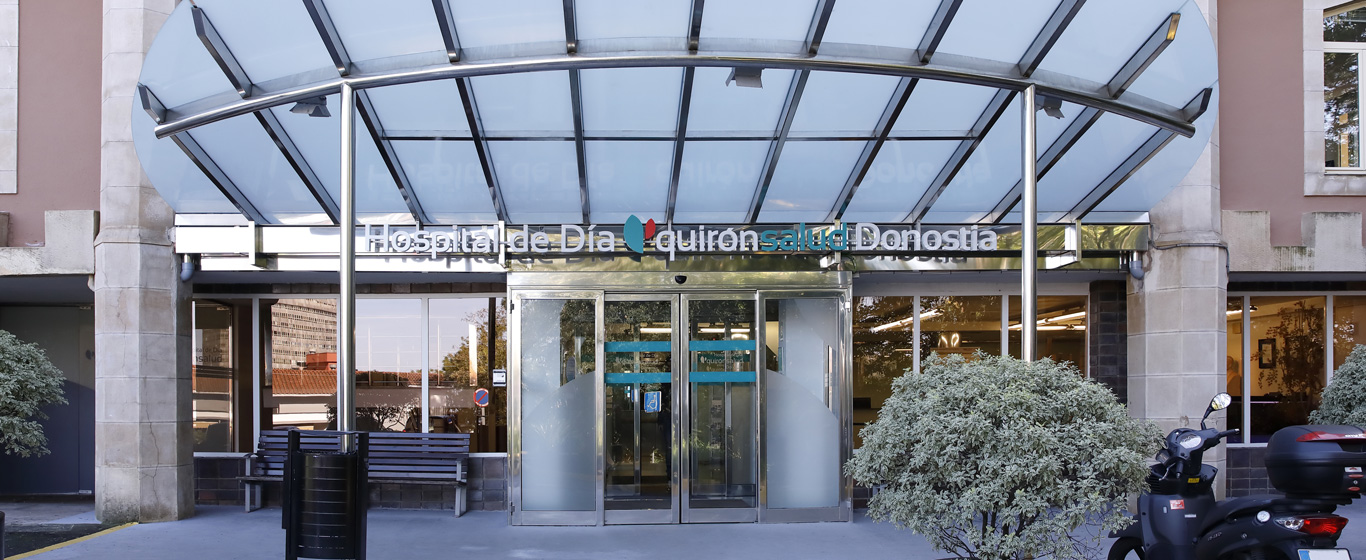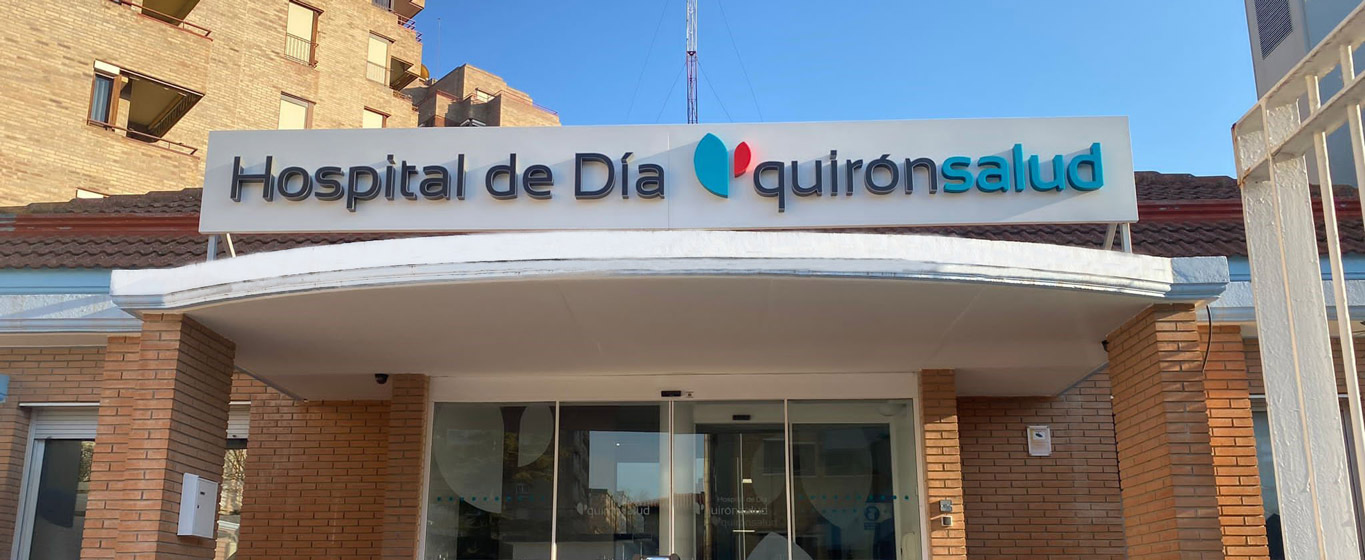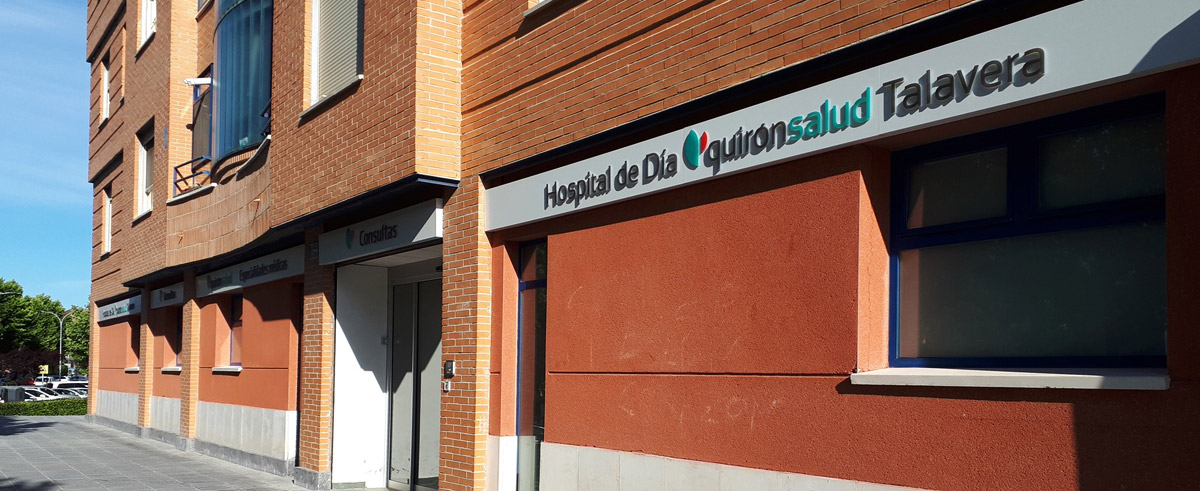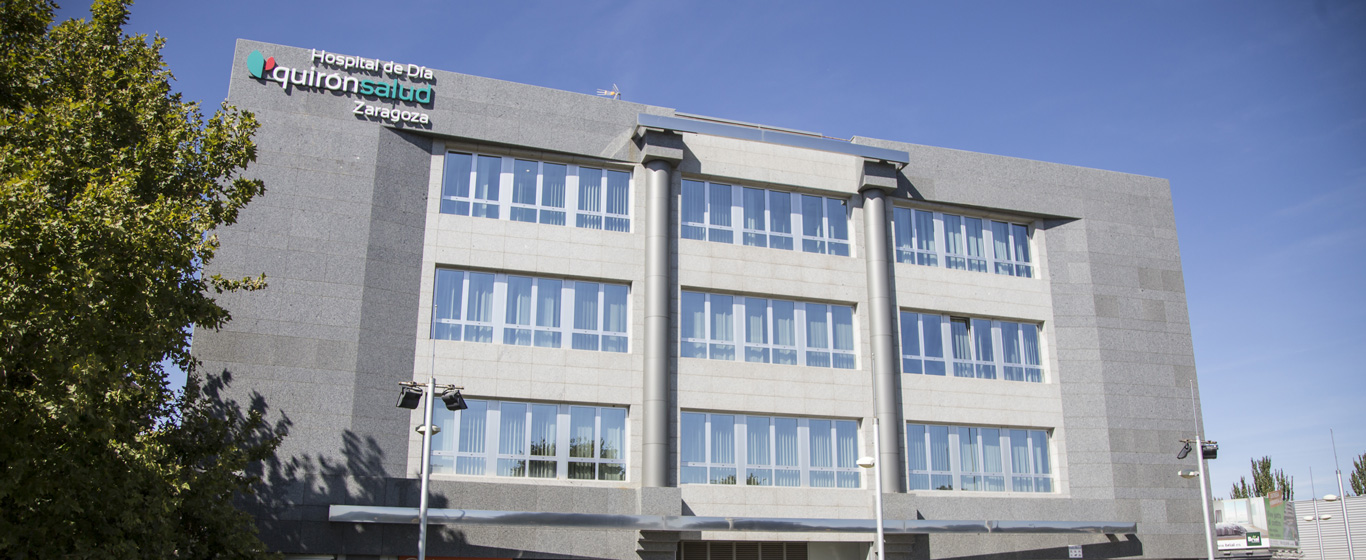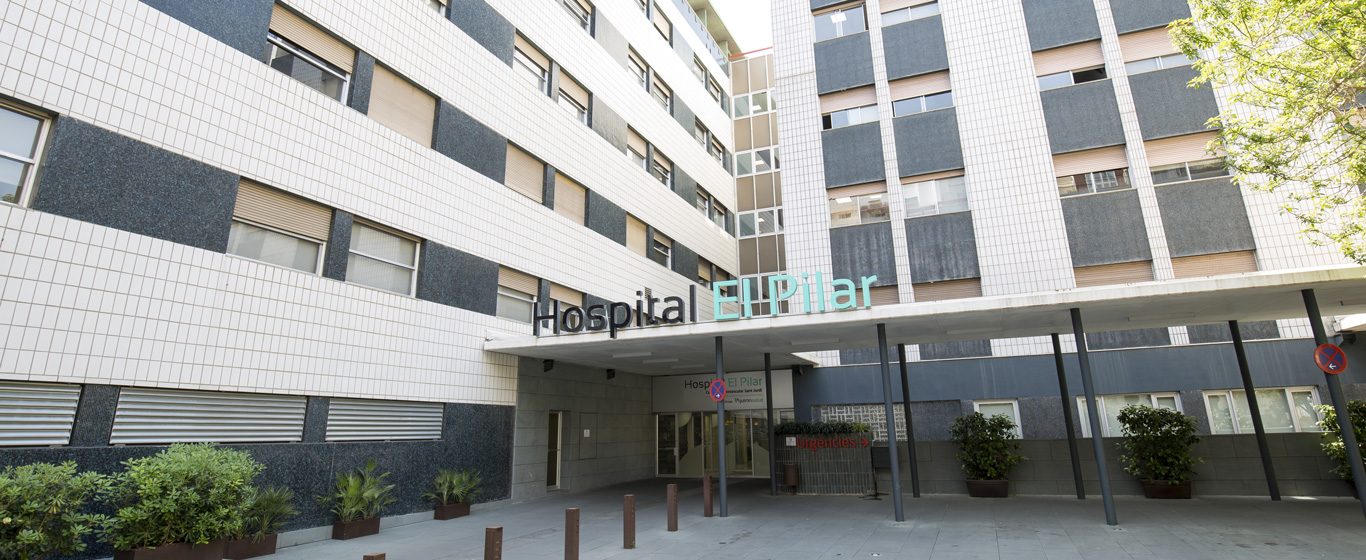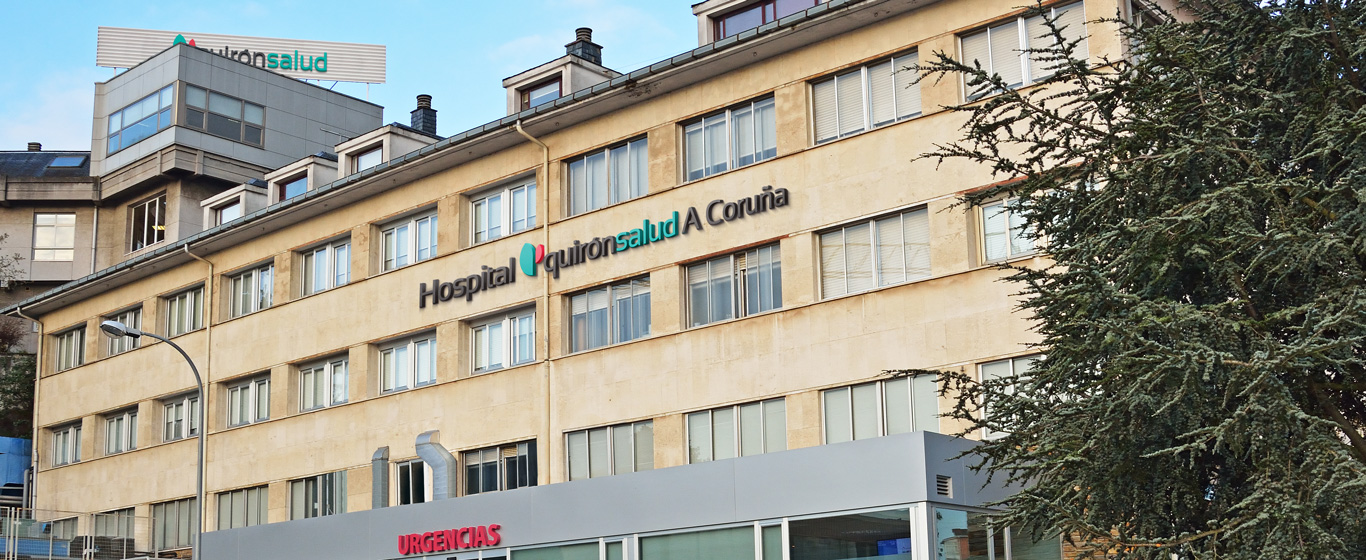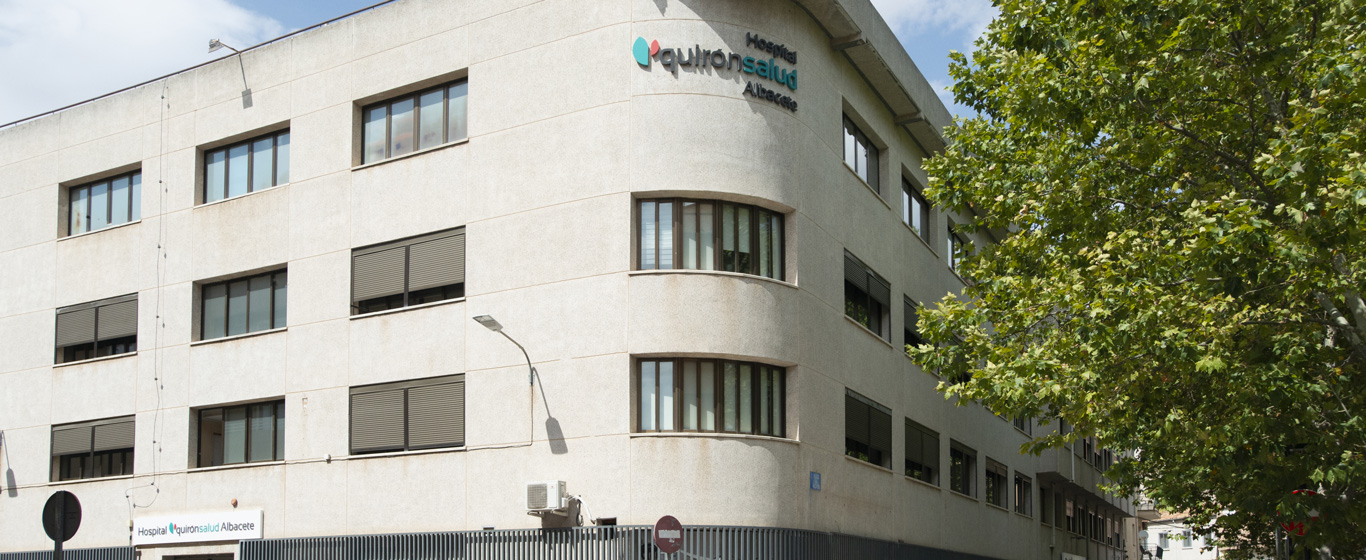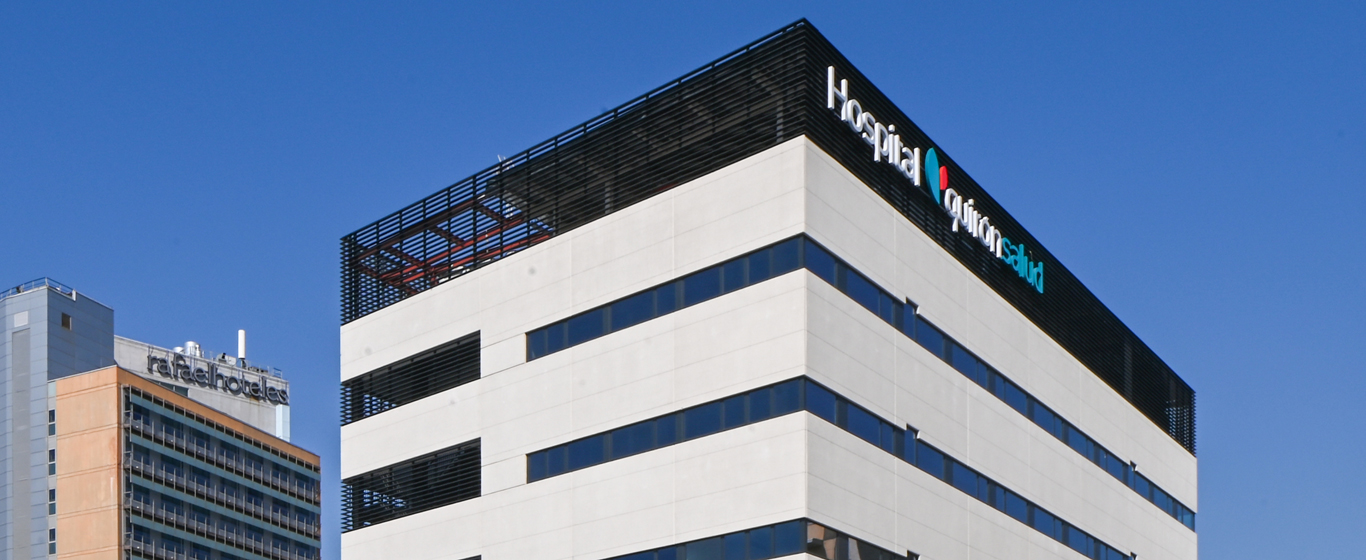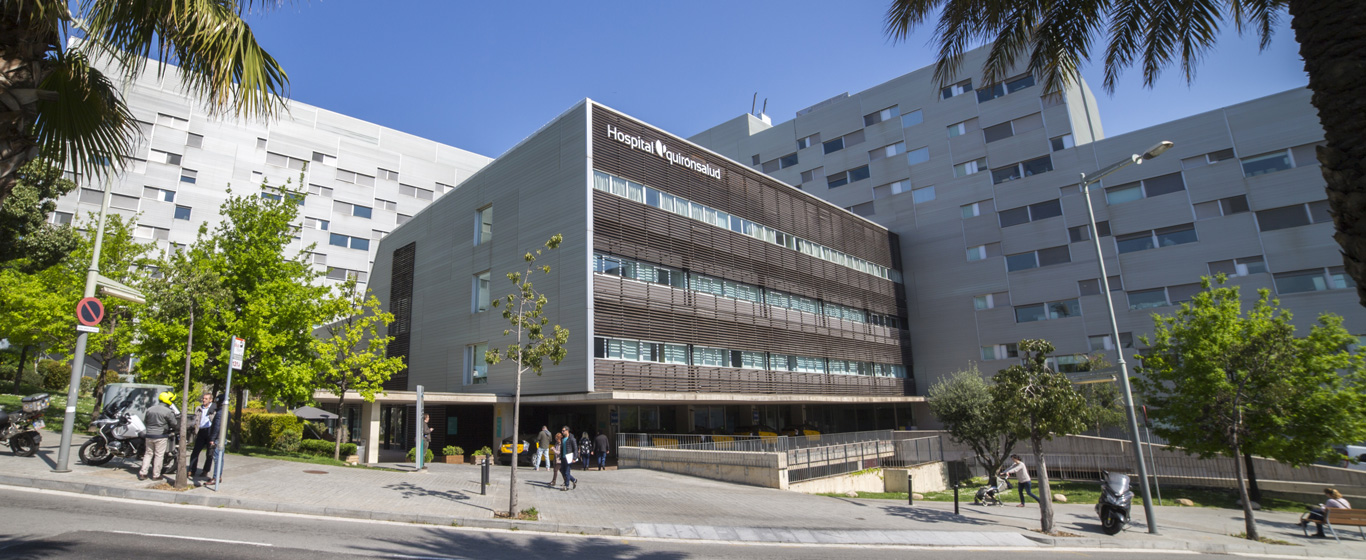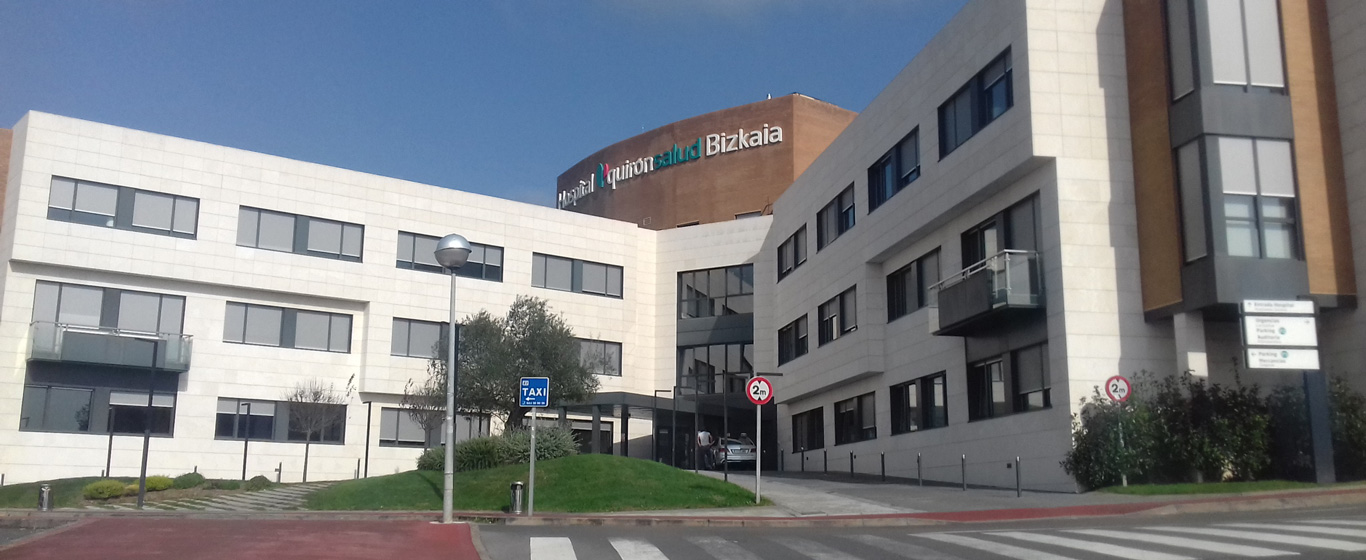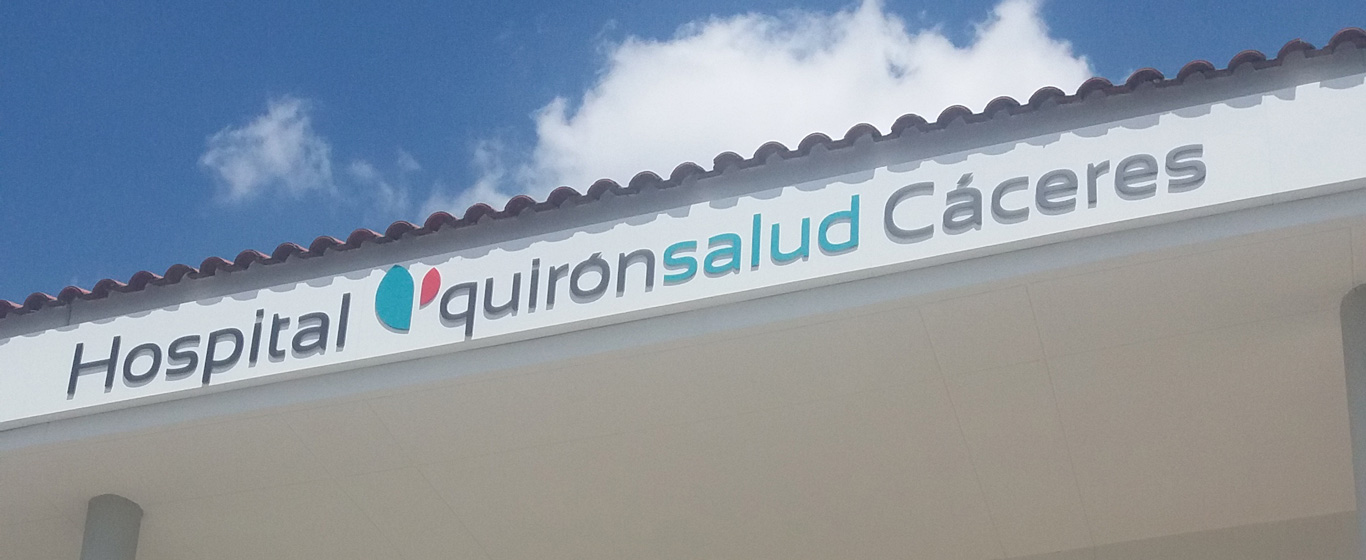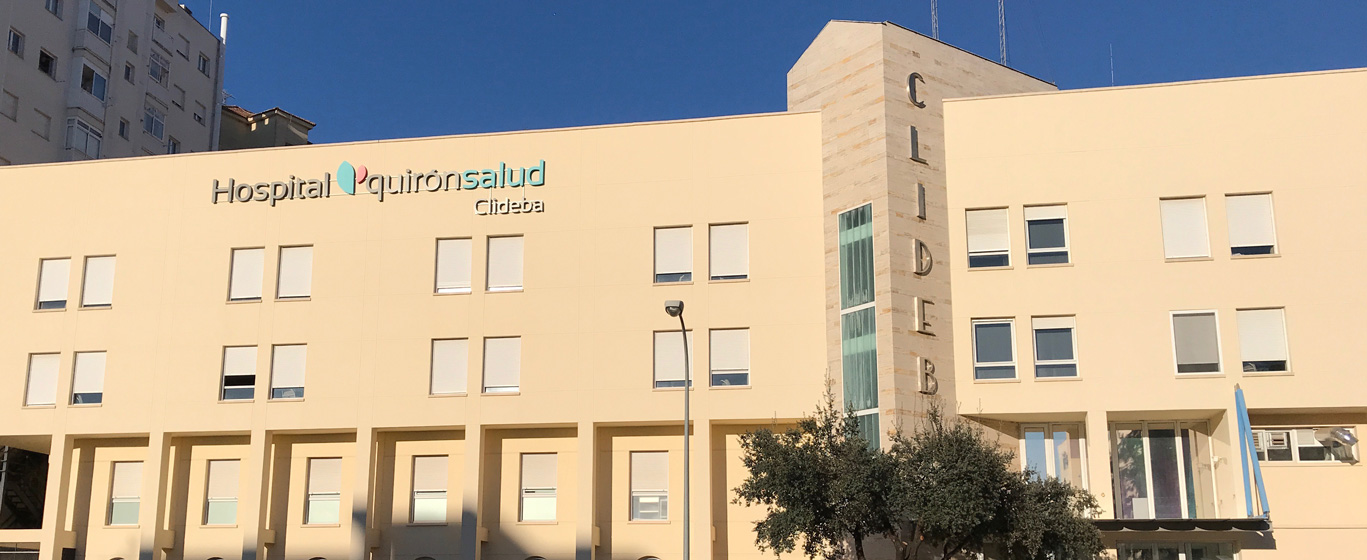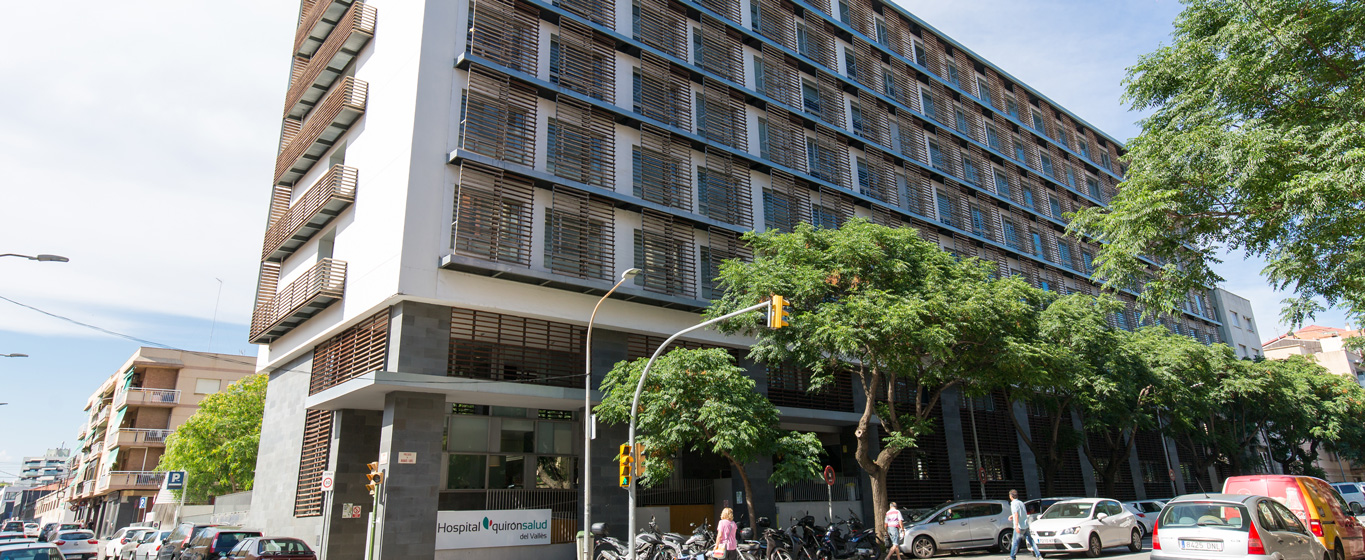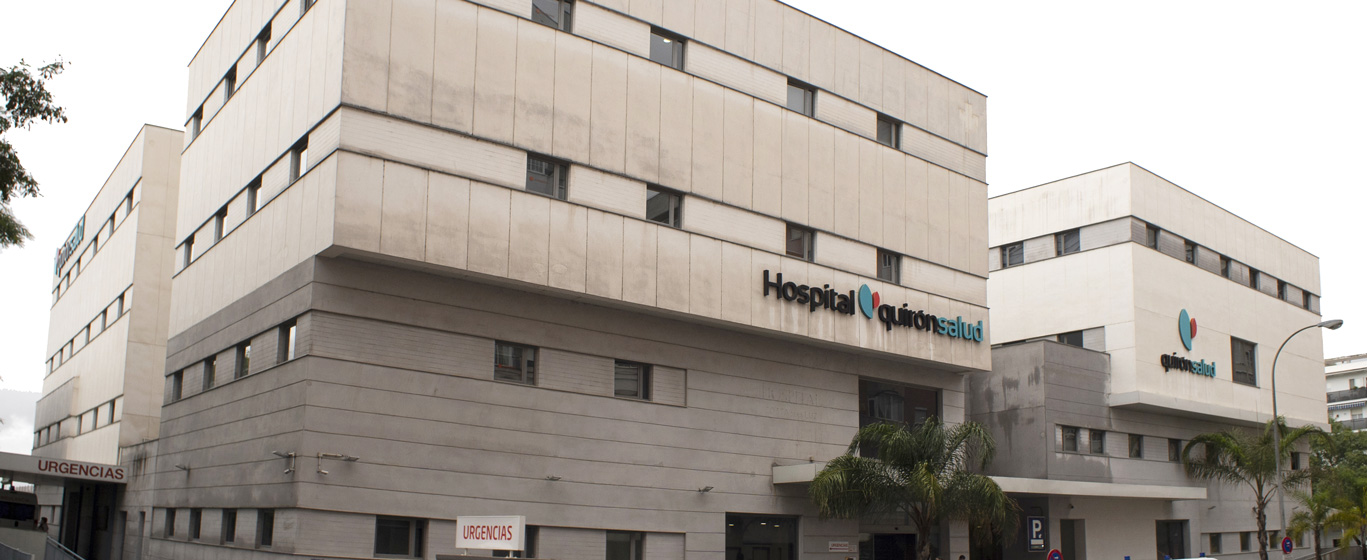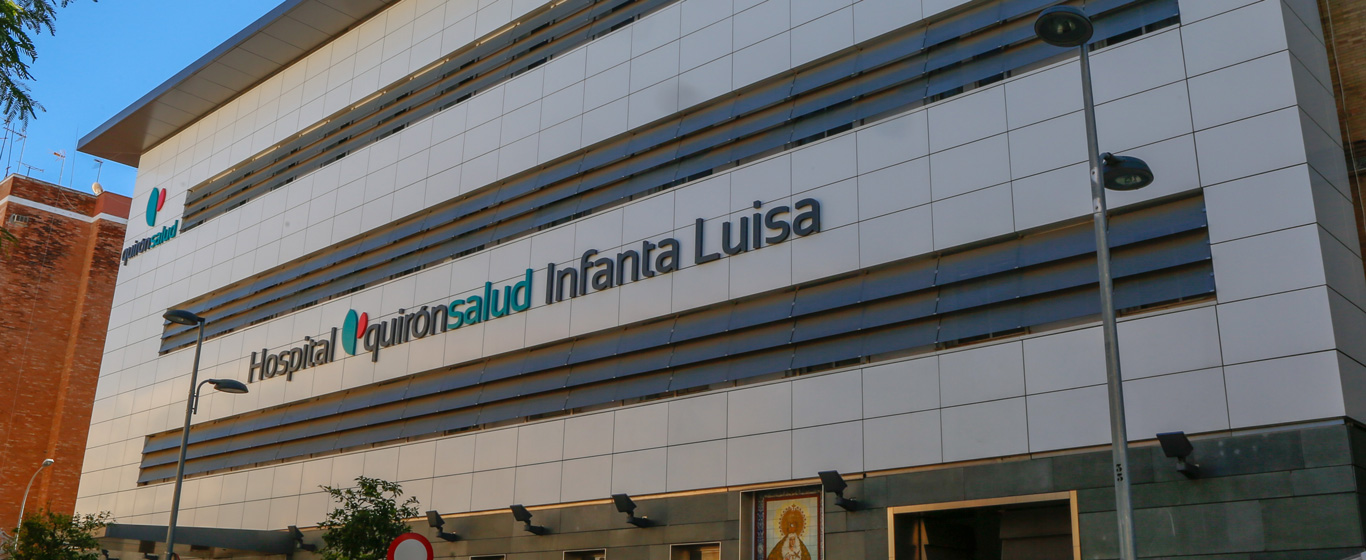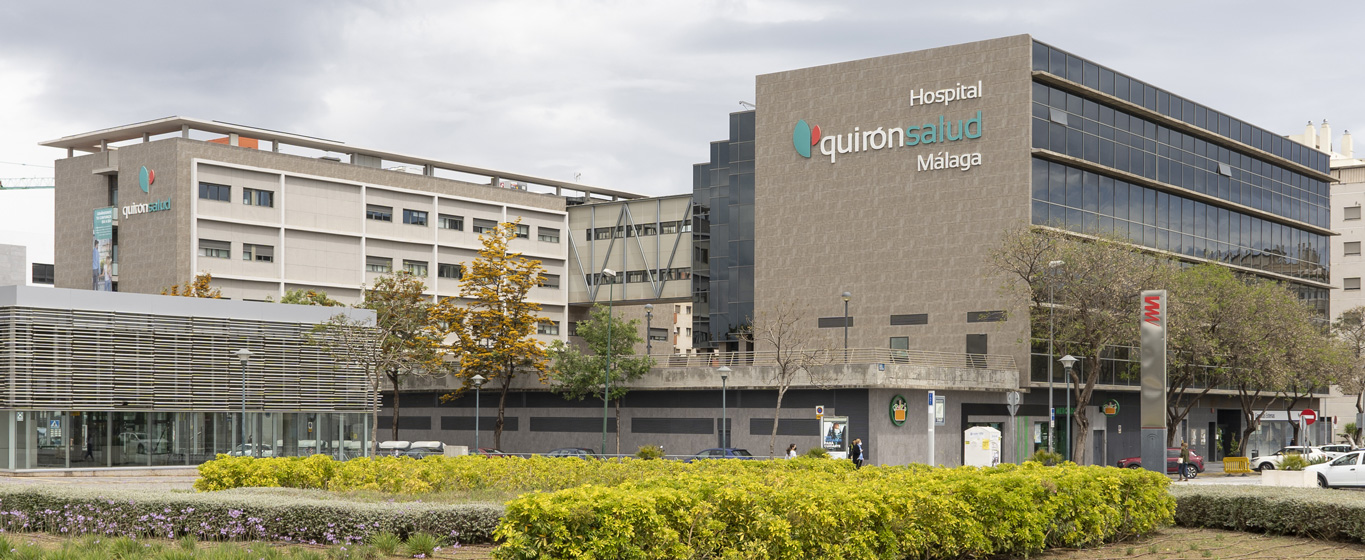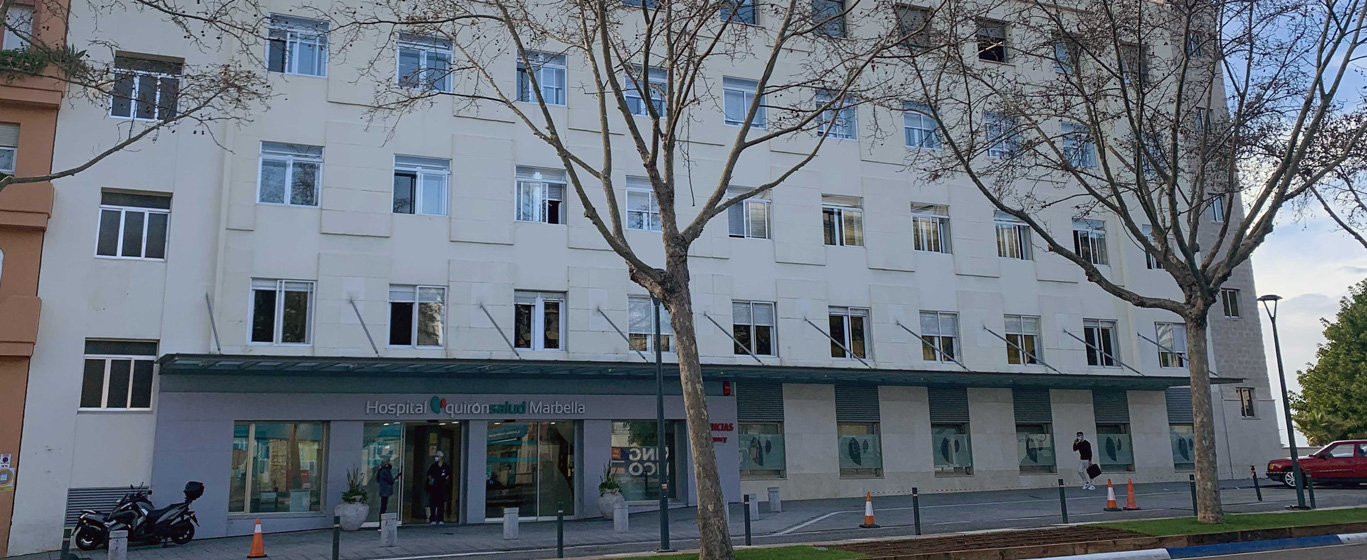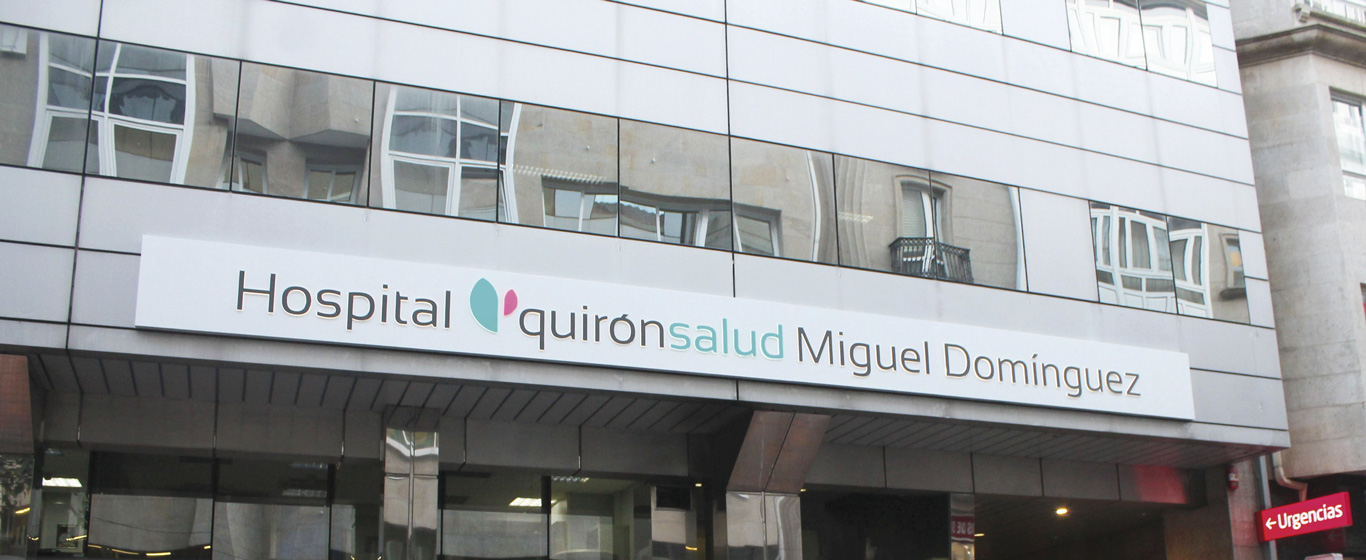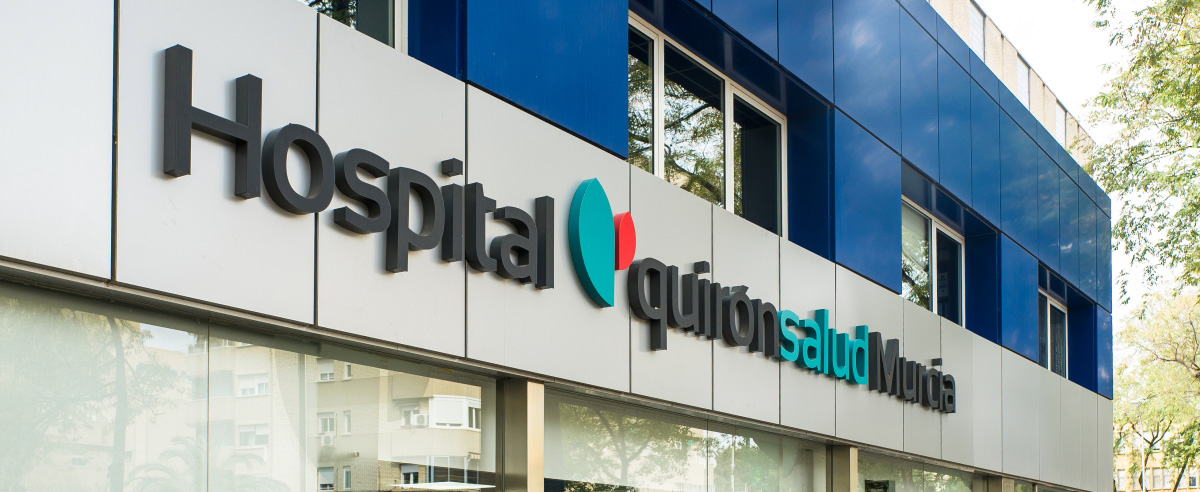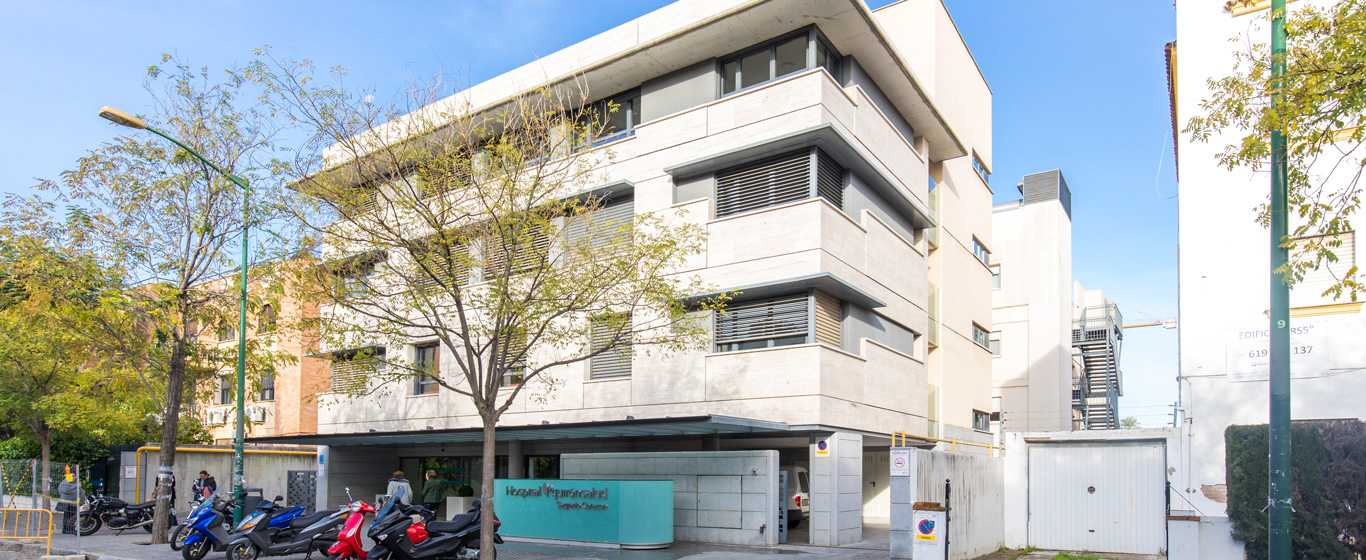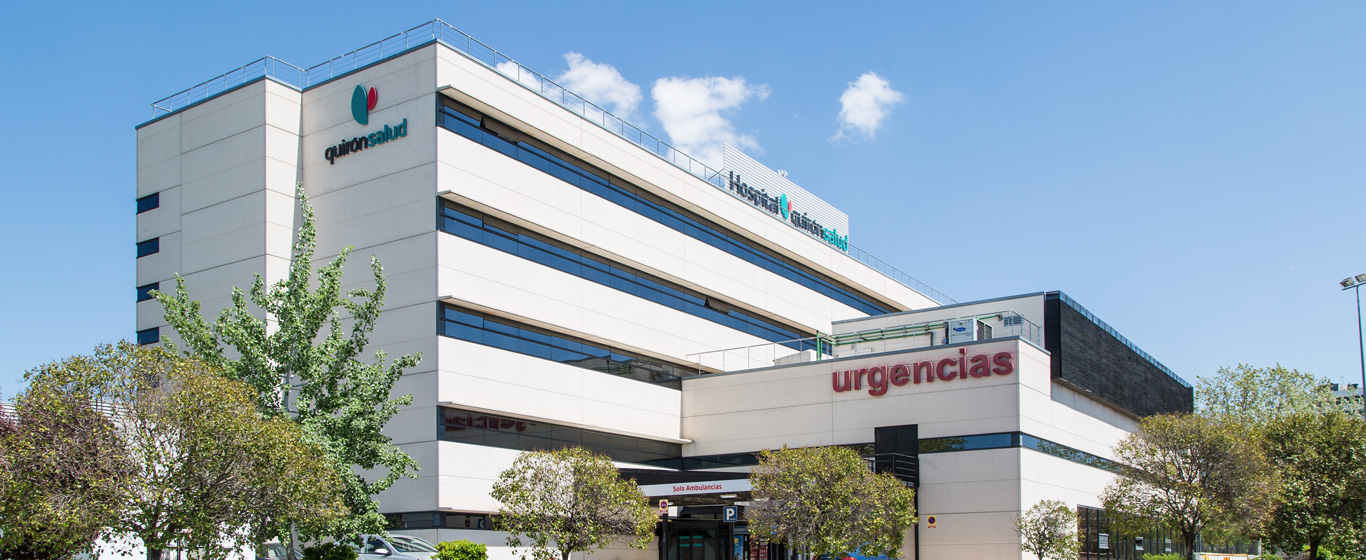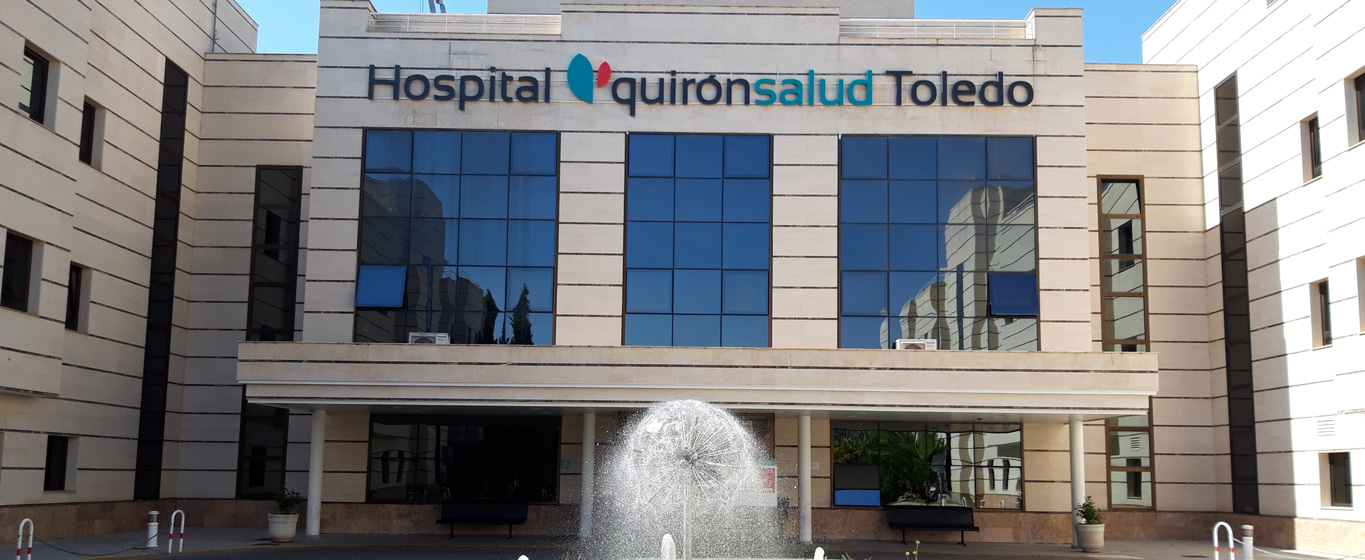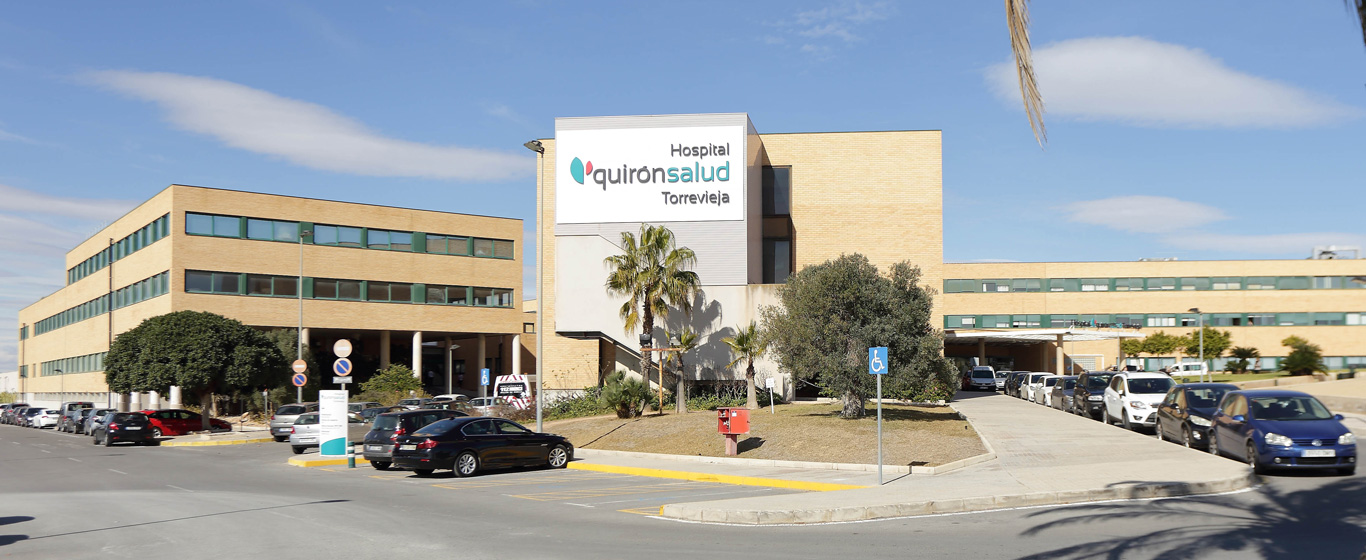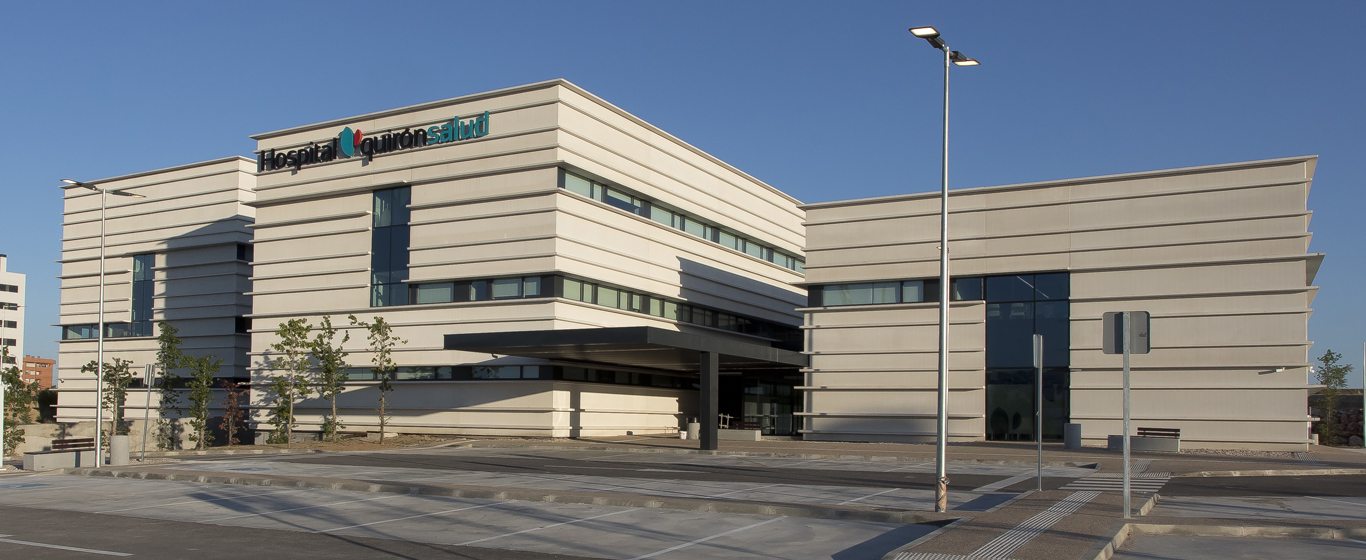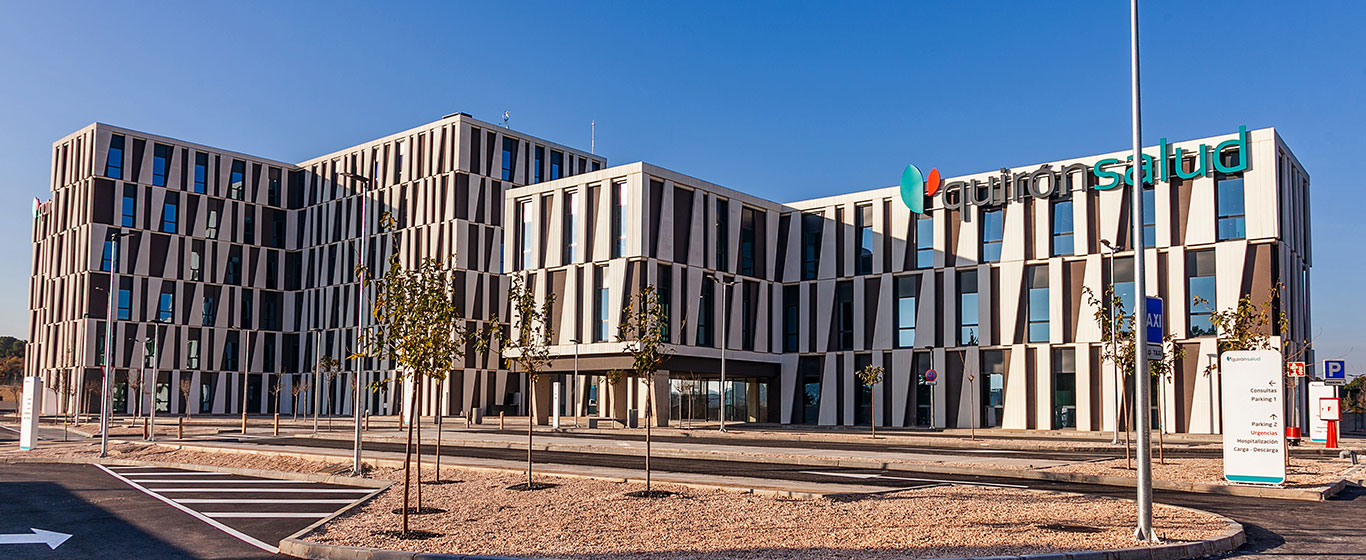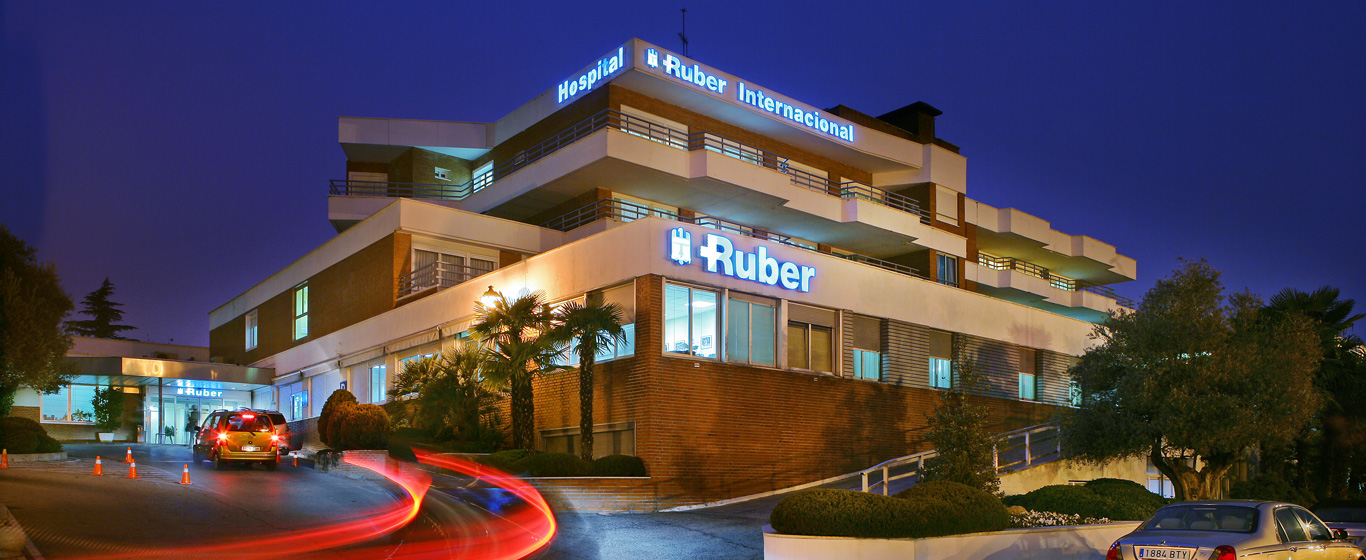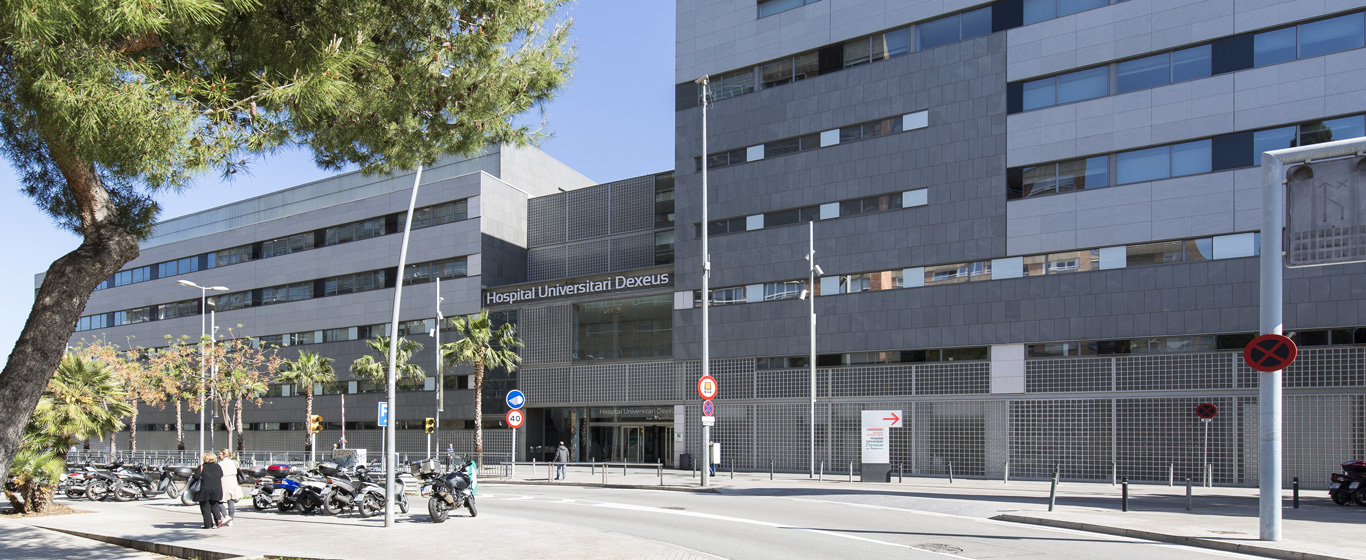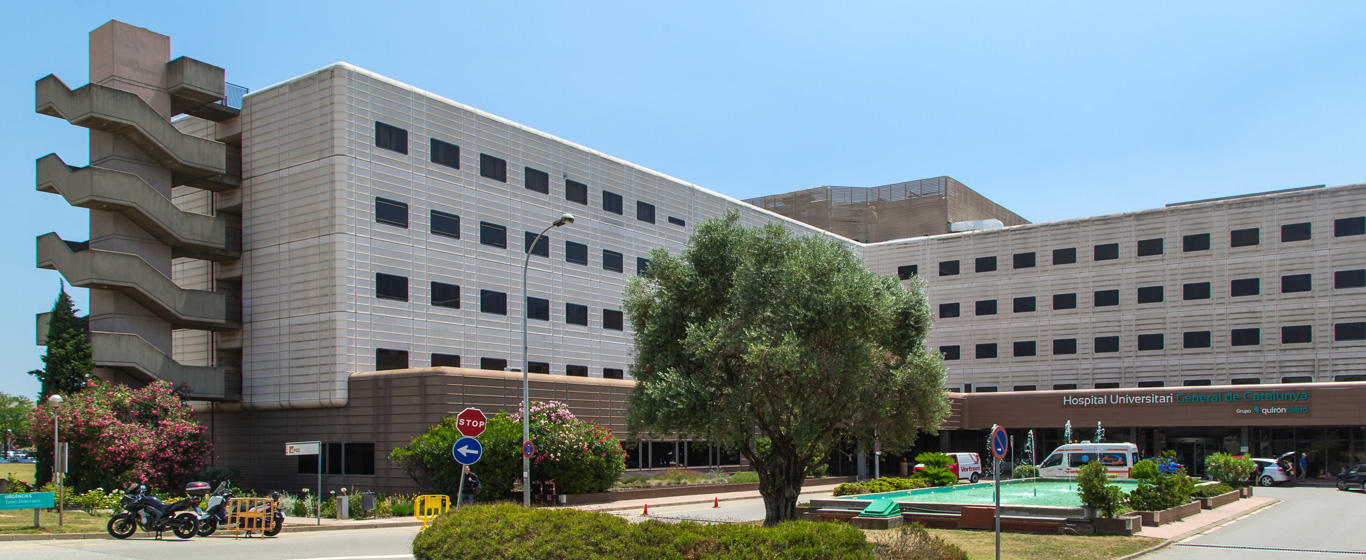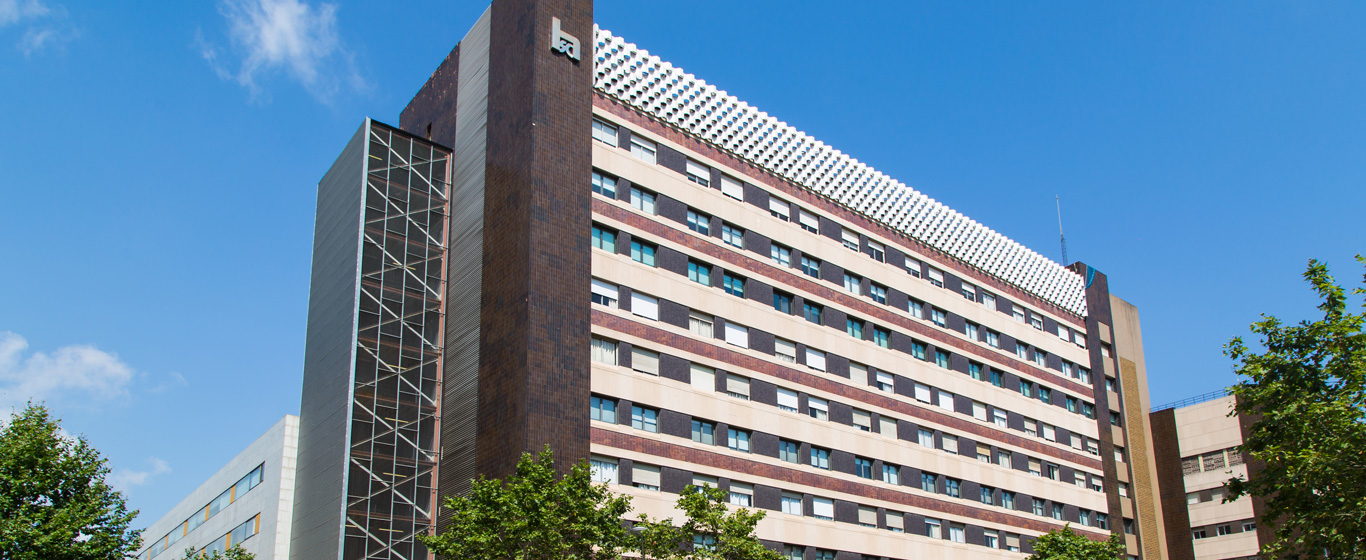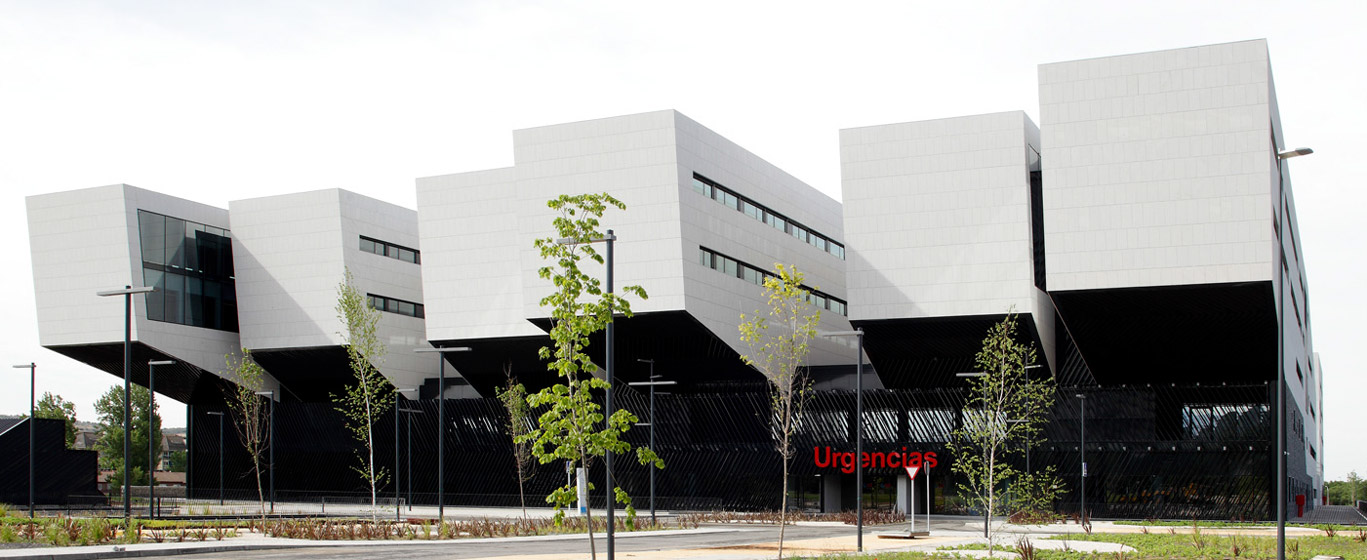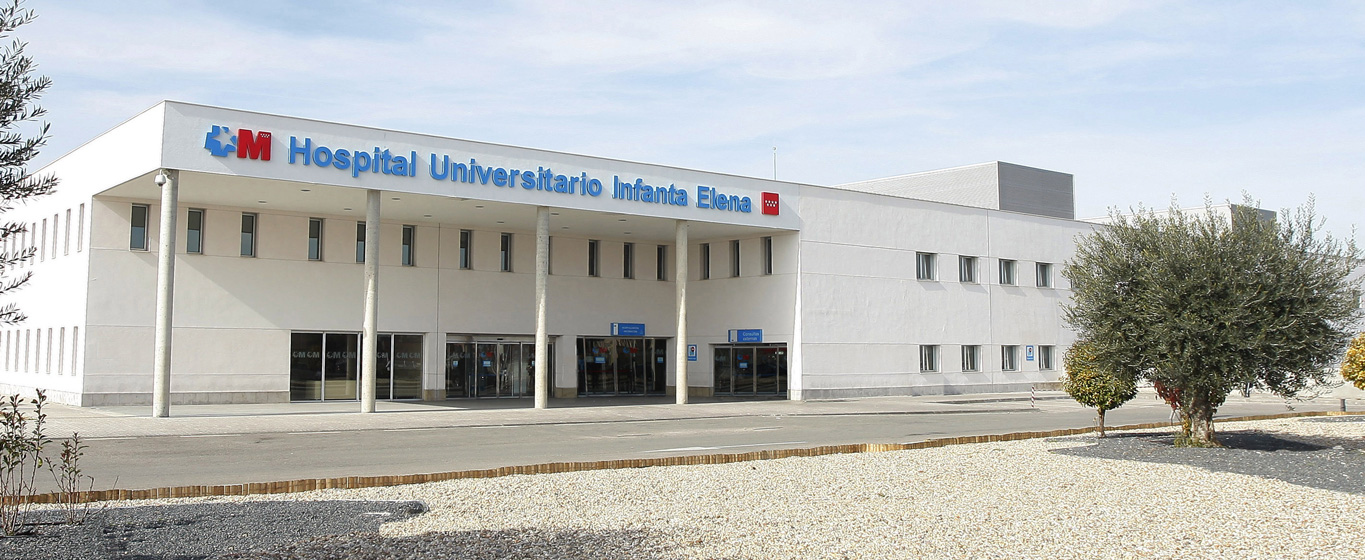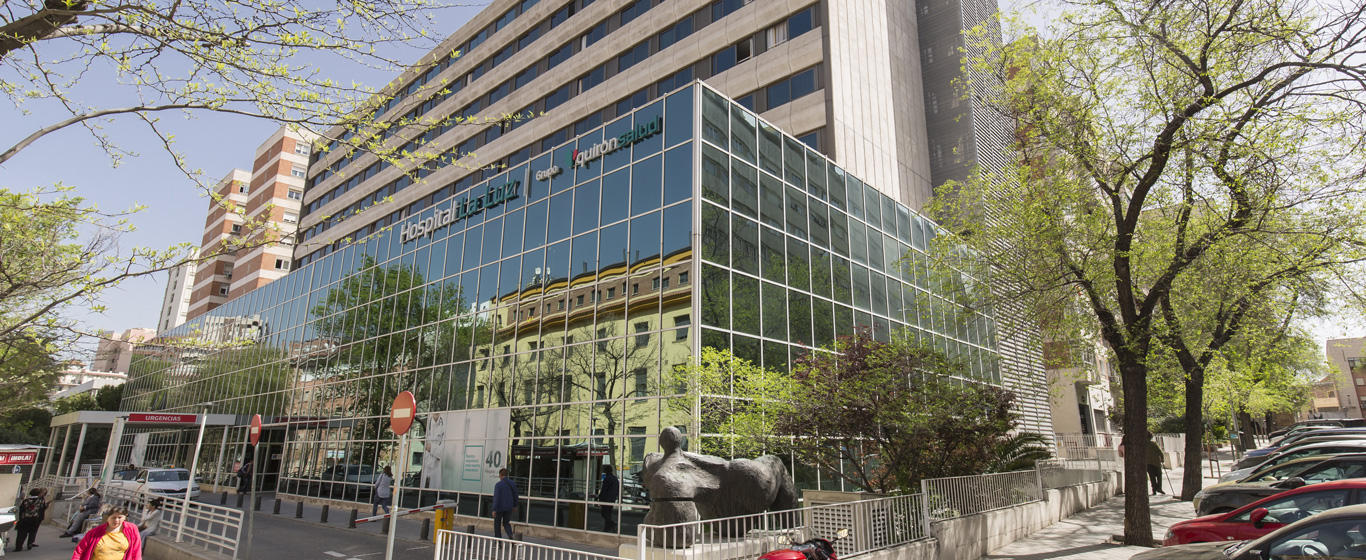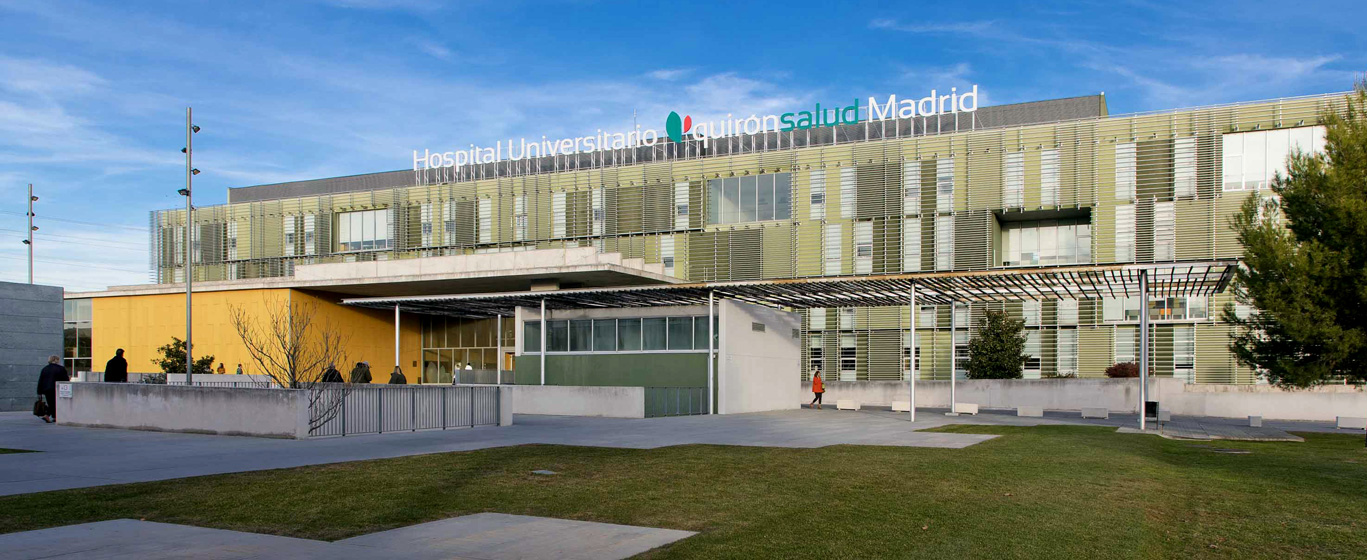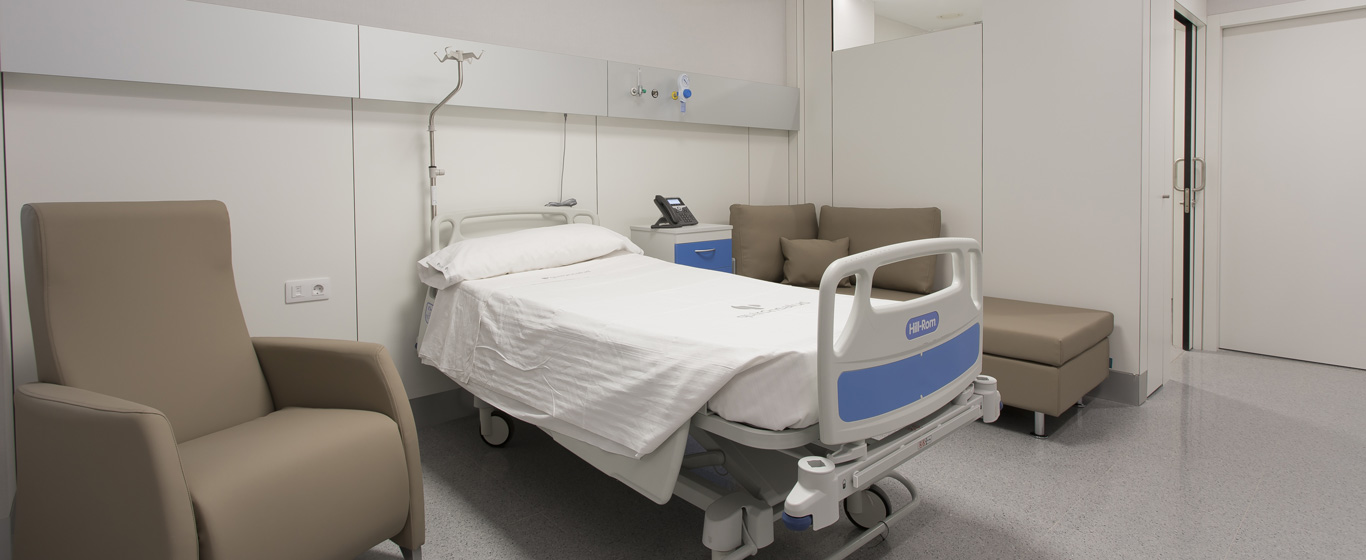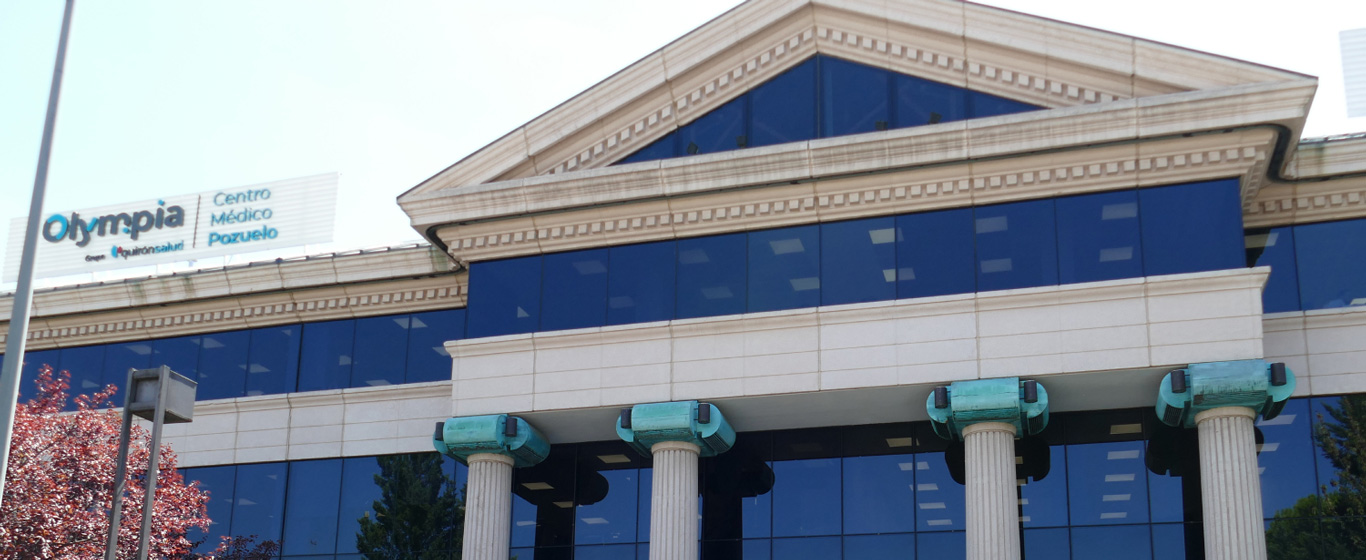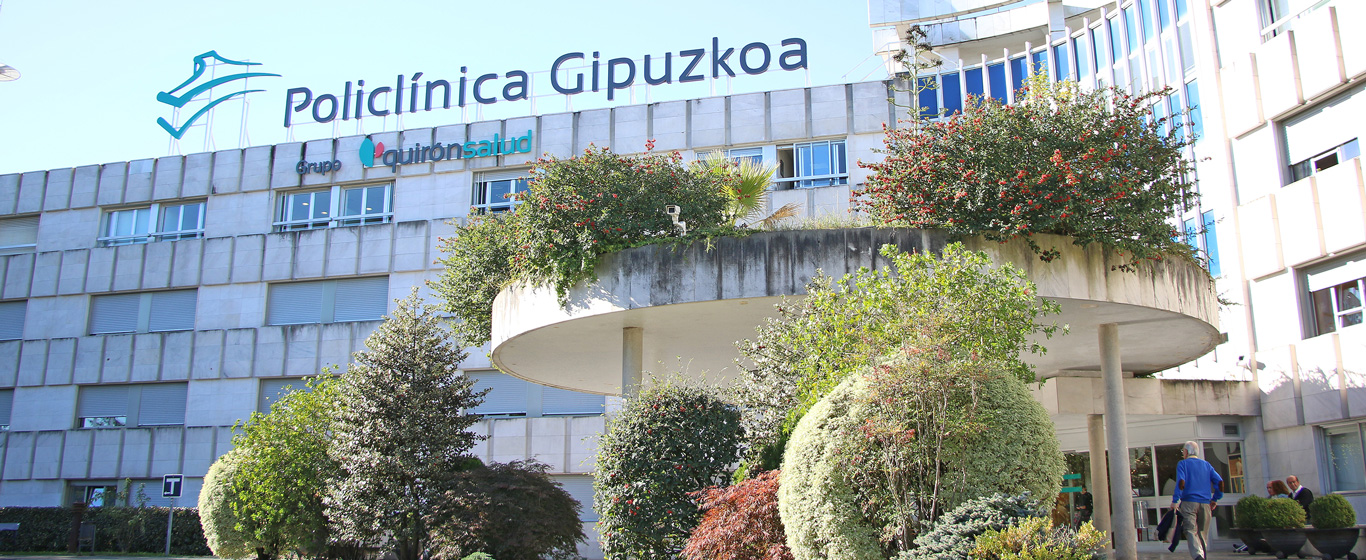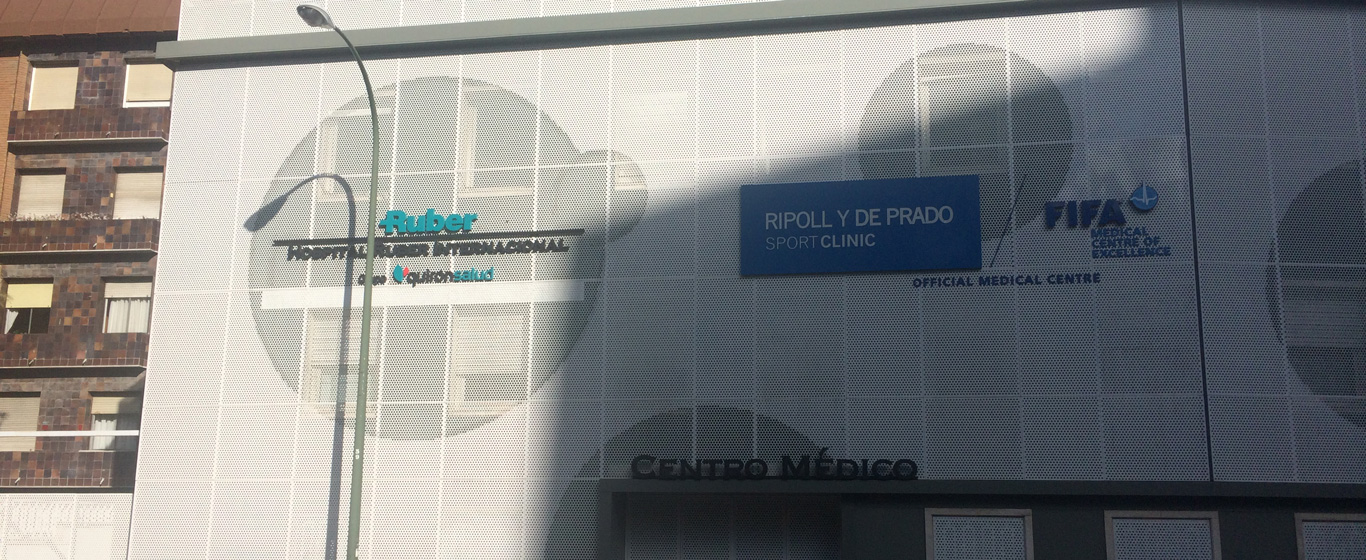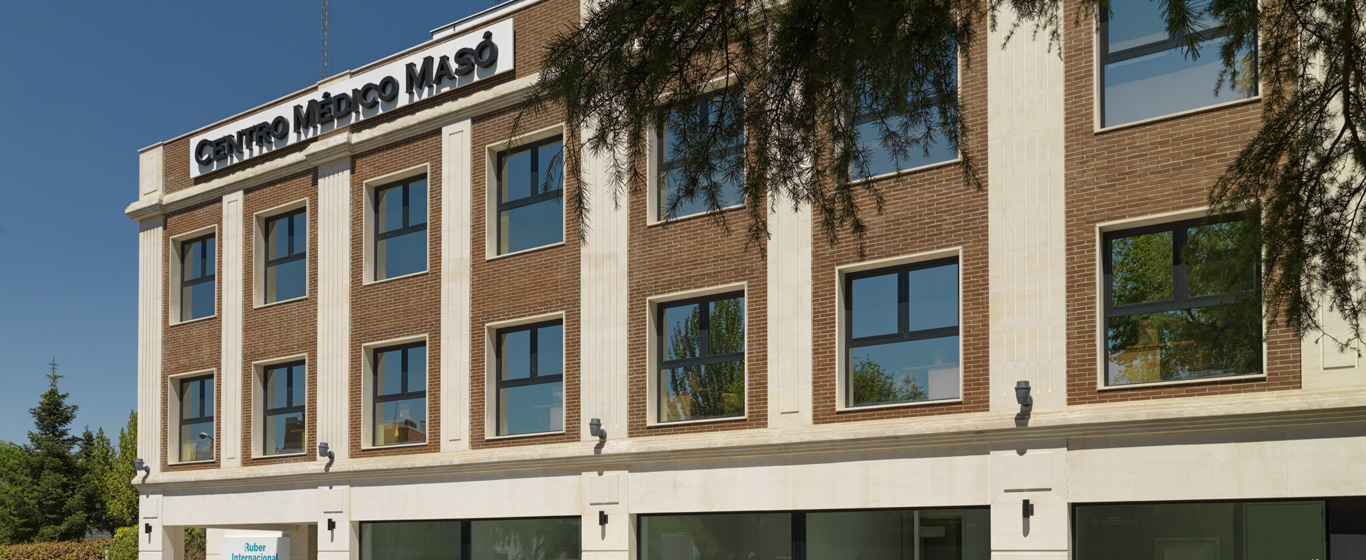Tuberous Sclerosis
What causes tuberous sclerosis? All the information about this disease: causes, symptoms, and treatment.
Symptoms and Causes
Tuberous sclerosis, or Bourneville disease, is a genetic neurological disorder characterized by the formation of benign tumor-like lesions called hamartomas. These tumors can appear in any organ of the body but are especially common in the brain, eyes, heart, lungs, skin, and kidneys. It is a very rare disorder, classified as part of rare diseases.
Symptoms
The symptoms of tuberous sclerosis usually appear in childhood. The symptoms vary greatly, depending on where the hamartomas form and their size:
- Brain involvement: formation of intracerebral calcifications and tumors on the walls of the cerebral ventricles and in the cortex.
- Epileptic seizures.
- Behavioral problems: aggression, hyperactivity, self-harm, adaptation issues.
- Traits of autism spectrum disorder.
- Occasionally, intellectual disability: learning, language, reasoning, and thought problems.
- Skin involvement:
- Hypochromic macules: light-colored, multiform spots.
- Facial angiofibromas: small reddish bumps that appear on the face, similar to acne.
- Shagreen patches: rough spots on the lower back and forehead.
- Fibrous plaques on the forehead and scalp.
- Koenen tumors: reddish papules around the nails of the hands and feet.
- Ophthalmological involvement: formation of tumor-like lesions in the retina.
- Semi-transparent white spots, circular or oval in shape with diffuse borders. These typically do not affect vision.
- Cardiac involvement: multiple tumor masses usually located in the left ventricle. They are typically asymptomatic and regressive, shrinking spontaneously and disappearing.
- Renal involvement: formation of tumors and cysts that tend to grow in size and appear multiple and bilateral.
- Abdominal pain.
- Fever.
- Nausea, vomiting.
- Blood in the urine.
- Pulmonary involvement: tumors form in the lung parenchyma, proliferating into blood vessels and the lymphatic system. This occurs almost exclusively in women.
- Progressive difficulty breathing.
- Coughing up blood.
- Chest pain.
Causes
Tuberous sclerosis is caused by mutations that occur in two specific genes: the TSC1 gene, located on chromosome 9q34, which encodes the protein hamartin, and the TSC2 gene, located on chromosome 16p13, which encodes the protein tuberin. Both proteins act as tumor suppressors; therefore, mutations in these genes disrupt their function, promoting cell proliferation and, consequently, tumor formation. These mutations can occur spontaneously or be inherited (through autosomal dominant inheritance).
Risk Factors
The risk factor for developing tuberous sclerosis is a family history: if a person has the disease, there is a 50% chance of passing on the mutation and the disease to their offspring. Although inherited, the severity of the disorder can vary from parent to child.
Complications
Epileptic seizures caused by brain tumors not only affect the patient's quality of life but are also very dangerous due to their high frequency, occurring several times a day, and are mostly resistant to medication. This leads to irreversible brain damage, causing cognitive issues and intellectual disability. Moreover, a specific type of brain tumor, the subependymal giant cell astrocytoma, can grow large enough to block the flow of cerebrospinal fluid within the brain's ventricles, leading to hydrocephalus, a disorder that can severely affect psychomotor development.
Kidney tumors and cysts tend to increase in size and may compress the renal artery or destroy the renal parenchyma, causing hypertension or renal failure. Additionally, the symptoms of renal involvement can lead to bleeding, potentially resulting in hypovolemic shock, a sudden drop in blood volume that can be fatal. Furthermore, while renal cysts are benign, they may eventually transform into carcinomas.
In some cases, cardiac tumors do not resolve on their own and can obstruct blood flow, compromise the myocardium, and lead to long-term arrhythmias.
Pulmonary involvement in tuberous sclerosis often causes lymphangioleiomyomatosis, a degenerative cystic disease that may result in spontaneous pneumothorax (lung collapse due to air accumulation in the pleural space) or lead to pulmonary failure, which could require a transplant.
Prevention
As a genetic disorder, there is no known way to prevent tuberous sclerosis. However, if affected by the disease, it is advisable to seek genetic counseling before having children.
Which doctor treats tuberous sclerosis?
Due to the variety of symptoms, tuberous sclerosis requires a multidisciplinary approach involving specialists in neurology, cardiology, nephrology, and dermatology.
Diagnosis
The diagnosis of tuberous sclerosis is based on the following tests:
- Physical examination: to identify characteristic skin symptoms and retinal tumors.
- Imaging tests: to confirm the presence of tumor-like lesions in the brain, lungs, kidneys, heart, and liver. Techniques may include magnetic resonance imaging (MRI), computed tomography (CT), ultrasound, or X-ray.
- Electrocardiogram (ECG): to assess cardiac involvement. Electrodes are used to record the heart's electrical activity and detect any abnormalities in heart rate.
- Genetic studies: to identify mutations in the TSC1 and TSC2 genes. This is usually done using the polymerase chain reaction (PCR) technique, which amplifies DNA fragments extracted from a sample of blood, saliva, or mucus, creating millions of copies to study the DNA molecule in detail. A positive result from this test is definitive for diagnosis.
Treatment
There is no cure or specific treatment for tuberous sclerosis; treatment focuses on managing the symptoms that appear:
- Pharmacological treatment:
- Antiepileptics for seizures.
- Immunosuppressive medications: these drugs reduce the size of brain, renal, and cardiac tumors and skin lesions. They also decrease the frequency of seizures.
- Surgical treatment:
- Dermabrasion or laser surgery for skin lesions.
- Resection surgery: removal of tumor growths.
- Epilepsy surgery: involves resecting the specific tumors causing epilepsy (typically located in the cerebral cortex). Surgery is considered when epilepsy does not respond to medication after two years of treatment or when cognitive impairment is significant. Before surgery, tests are conducted to identify the epilepsy focus.
- Therapies and rehabilitation: in cases of cognitive disability, developmental delay, or behavioral issues, specific therapies may be used to help the patient improve autonomy and quality of life, both intellectually and socially.
- Follow-up: periodic evaluation of the patient to detect new symptoms early and prevent complications.






